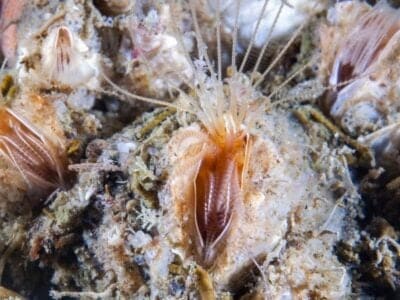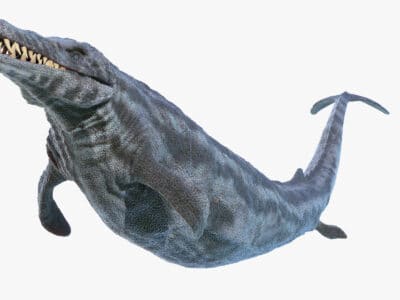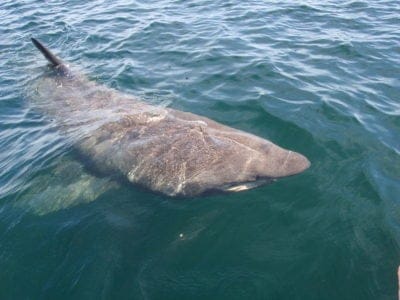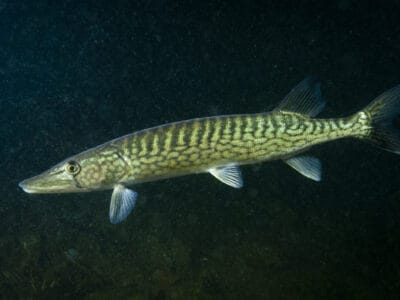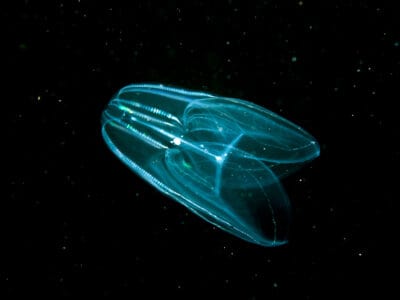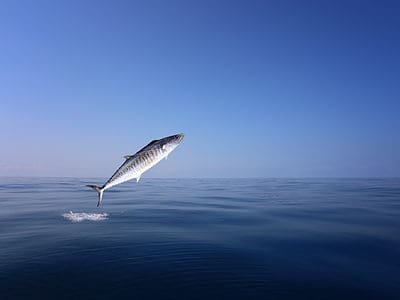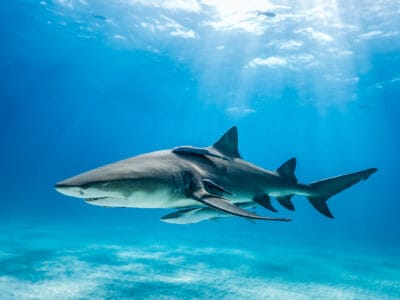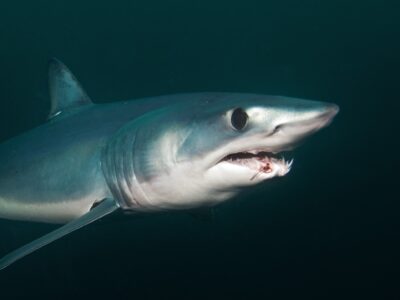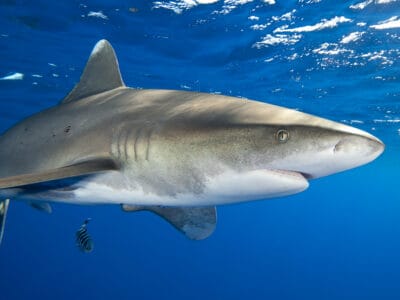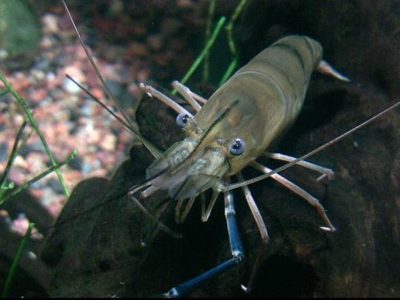The world’s oceans are divided into five sections – the Pacific Ocean, Atlantic Ocean, Indian Ocean, Antarctic Ocean, and the Arctic Ocean. Before the year 2000, only four oceans were recognized officially by the International Hydrographic Organization, but the entity added the Antarctic Ocean (also known as the Southern Ocean) that year.
Oceans make up 71% of the Earth’s surface, and they exclusively hold saltwater. These oceans are only home to marine creatures, and there are no oceans in the world that are the primary home to any land-dwelling animals. Every area of the world has unique and colorful species of fish, mammals, and other wildlife. The ocean is a crucial part of the world’s ecosystems, and researchers have openly admitted that approximately 80% of the oceans are still unmapped and unexplored in 2021.
Where to Find the Ocean Animals
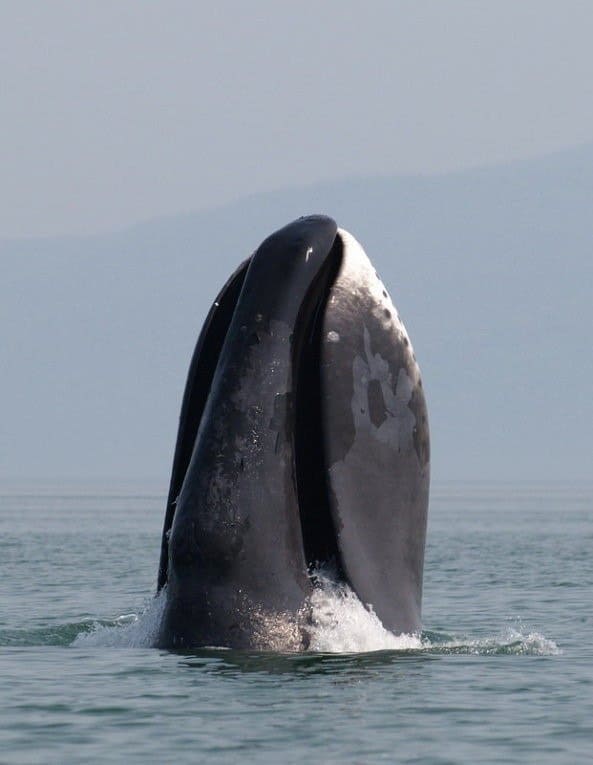
A bowhead whale, here breaching off the coast of western Sea of Okhotsk, can weigh up to 100 tons!
©Olga Shpak / CC BY-SA 3.0, via Wikimedia Commons – License
Our water bodies around the world are known to be homes to diverse and unique ocean animals and other wildlife. Most wild marine creatures are spread out across the world and are known to reside in different oceans. The Pacific Ocean is home to:
- Hammerhead sharks. These sharks can weigh up to 1,000 lbs., and they have one of the most distinctive bodies of any shark.
- Giant squids. The Giant squid is the largest invertebrate found on Earth so far. It can grow up to 33 feet long.
In the Indian Ocean, you’ll find:
- Indian river dolphins. These dolphins have terrible vision, and they primarily live in the few areas of the world with fresh water.
- Goonch catfish. Typically found around India and Nepal, these fish are one of the largest types of catfish in the world.
The Arctic Ocean is known for the brisk waters that animals already have to survive in, but it still manages to contain:
- Bowhead whales. The bowhead whale can weigh up to 100 tons.
- Pacific walruses. This type of walrus was once considered an endangered species but was denied the classification in 2017.
The Southern Ocean, which is more commonly known as the Antarctic Ocean, is rather diverse, residing at the southernmost point of the world. It was only officially recognized by the International Hydrographic Organization in 2000. Some of the most common animals in this region include:
- Cuttlefish. These fish can be kept as pets, though they have intricate needs to keep the invertebrate healthy.
- Colossal squids. This squid is larger than the giant squid, and it is only found 2,000 meters below the Ocean’s surface.
The Atlantic Ocean is home to a diverse group of animals as well, including:
- Blue whales. These mammals are the largest mammals to ever live in the world.
- Porpoises. Looking fairly similar to a dolphin, this animal only lives for about 10 years.
These are only some of the animals that you’ll find in oceans around the world. So much of the world’s oceans have yet to be explored beyond a certain depth, so it is likely that many other animals lurk beneath the surface.
The Most Dangerous Ocean Animals
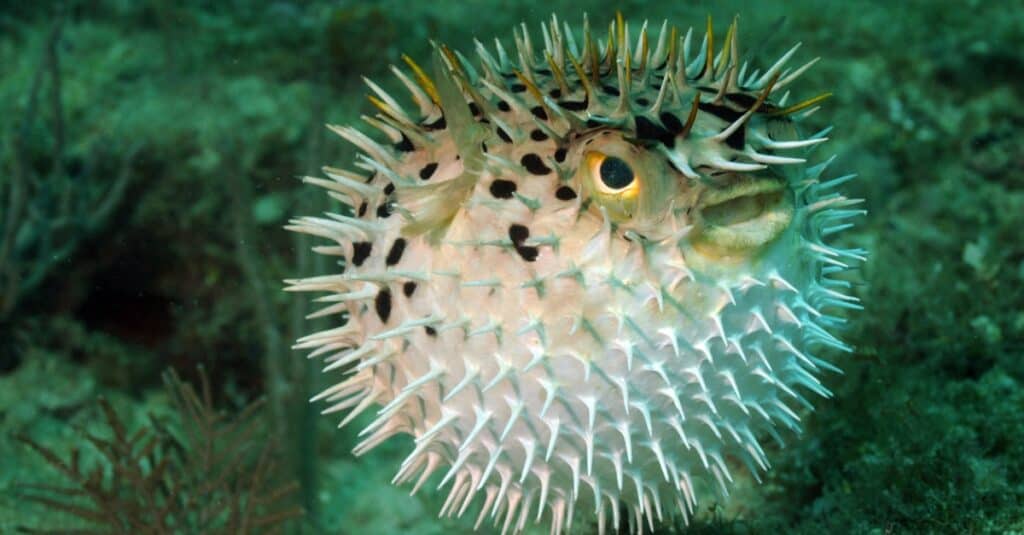
The stomach of a pufferfish can inflate up to three times its normal size. Its deadly toxins can be potentially lethal.
©iStock.com/FtLaudGirl
No matter how calm the ocean water looks at the surface, a lot can always be going on inside it. There are several dangerous animals inside the ocean at any given point in time. These include:
- Pufferfish: A pufferfish might contain deadly toxins that can be severely dangerous. It can make you gravely ill and can also be potentially lethal.
- Lionfish: This fish is venomous, and it is primarily found in the Caribbean.
- Sea snakes: The bite of a sea snake can be fatal, which is why they are considered to be dangerous especially for anglers.
- Tiger sharks: Tiger sharks are known to attack humans unprovoked and can tear out the flesh with their specially designed teeth.
- Box jellyfish: The bodies of box jellyfishes have tiny darts that are loaded with poison. Once stung by them, humans and animals can experience cardiac arrest, paralysis, or even death.
Considering how much of the world’s oceans still are hidden from access (due to their depth), it is likely that many more dangerous animals are still around. Perhaps the most dangerous part of these waters is that animals may be waiting to attack if anyone decides to go beyond what is already known to scientists.
Endangered Animals
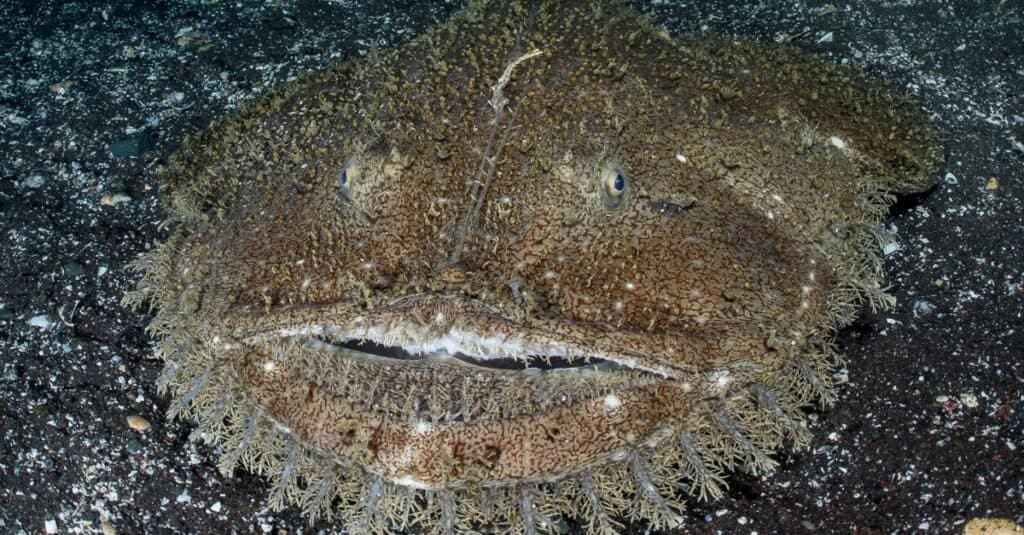
Anglerfish (Monkfish) with largemouth lurks for food on the sandy bottom of Osezaki, Japan. It is among the endangered ocean animals.
©Martin Voeller/Shutterstock.com
Despite the wildlife and ocean animals around the world being diverse and unique, there is always a threat to these animals being endangered or extinct. In fact, approximately one-third of the animals in oceans today are currently endangered. Some of these endangered animals include:
- Hawksbill sea turtle
- Caribbean reef fish
- Starry sturgeon
- Monkfish
Pollution is a major threat to marine creatures around the world. As many as one million animals are killed each year from the trash and other debris that humans leave behind in the ocean. Conservation efforts are being made by companies like Ocean Conservancy and Oceana.
As of 2015, 15 different animals have got extinct so far, including the great auk and the Caribbean monk seal. Most of the animals were never photographed, leaving researchers only to guess what they may have once looked like.
Ocean Animals: Birds
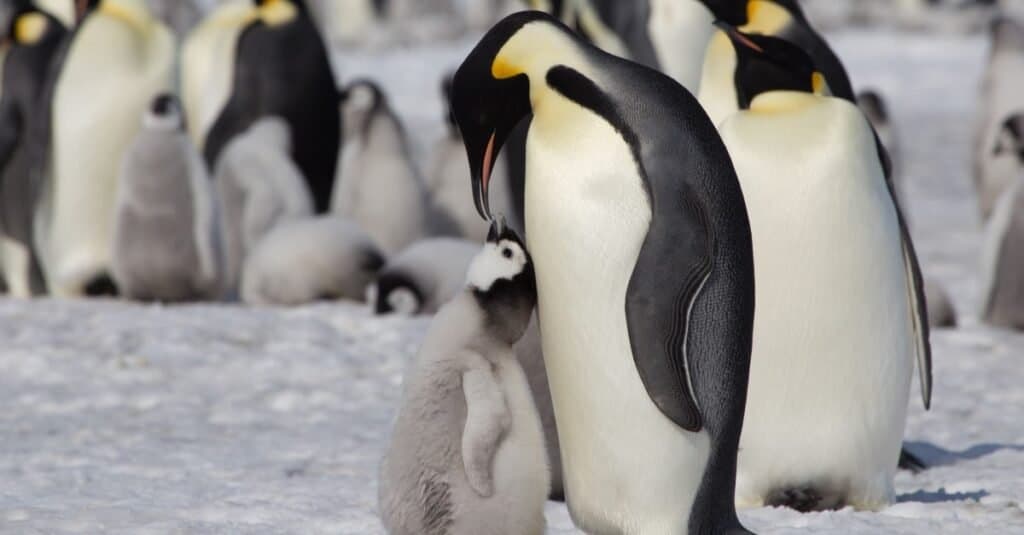
Most penguins, including Emperor penguins, inhabit the coastal shores in the southern hemisphere.
©robert mcgillivray/Shutterstock.com
While there aren’t any birds that live in the ocean, there are many different types of birds that inhabit coastal shores or spend most of their time at sea.
Types of seabirds include:
- Penguins: There are 18 species of penguins, almost all of which are found in the southern hemisphere. The only exception is Galapagos penguins. Penguins live in a variety of habitats, from Galapagos penguins on tropical islands to emperor penguins in the Antarctic. Most species live somewhere in-between. They are all highly specialized for marine life.
- Petrels: Petrels are pelagic birds, meaning they spend almost all of their time at sea. They only return to land for breeding. Petrels are found in all oceans. Most species reside north of New Zealand. There are four main groups of petrels; prions, shearwaters, fulmarines, and gadflys. Breeding and migration vary based on species and location.
- Pelicans: Pelicans are native to all continents except Antarctica. There are eight living species of pelicans. Not all pelicans migrate, some populations stay on coasts year-round. Others migrate to warmer climates during breeding season.
- Gulls and Terns: Gulls and terns are closely related and have similar lifestyles. They spend breeding seasons on coastal or offshore islands and take to the open sea during non-breeding seasons. Some species are pelagic. Terns inhabit all continents except for Antarctica, while gulls are found worldwide.
Types of Fish In The Ocean
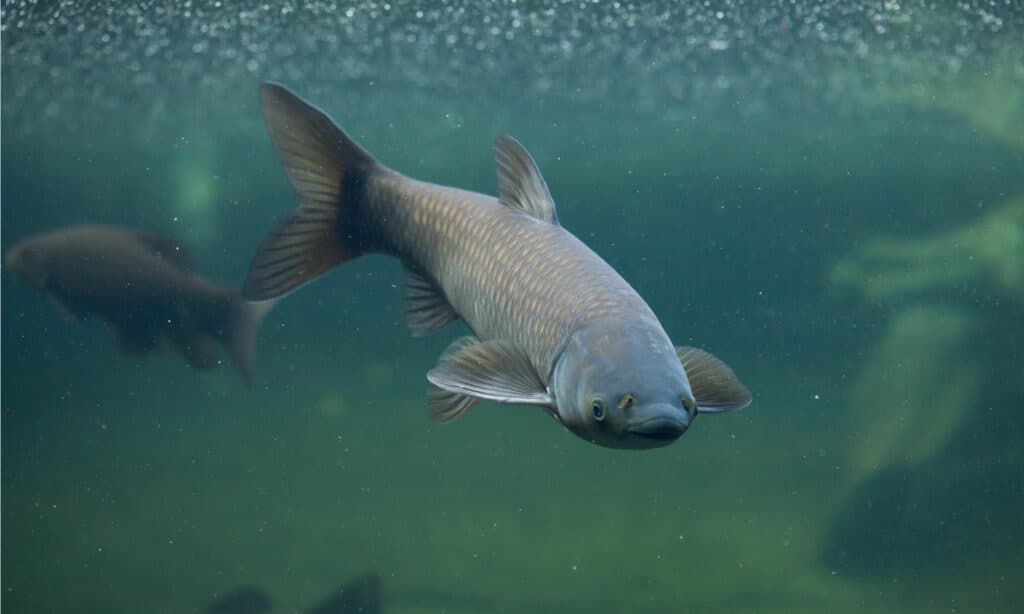
The grass carp is one of the 5 most common fish in the ocean.
©Vladimir Wrangel/Shutterstock.com
Fish inhabit every ocean and nearly all marine habitats and oceanic zones. It is the world’s largest ecosystem, not only home to many animals but also provides food, jobs, and entertainment for humans.
One main category of animals in the ocean is fish, with an estimated 20,000 species of fish in the oceans around the world from coastal waters to the open sea.
The 5 most common fish in the ocean:
- Grass Carp
- Peruvian Anchoveta
- Silver Carp
- Common Carp
- Alaska Pollock
Due to their popularity, fish can make excellent pets. There are some strict requirements, though, to make their habitat a great one, namely proper water. You can own freshwater fish or saltwater fish, with the latter the more exciting prospect. On average, be prepared to spend $1,000 to $2,000 on a medium-sized saltwater tank with all the accessories and the fish.
Some of the most popular saltwater aquarium fish:
Ocean Animals: Snakes
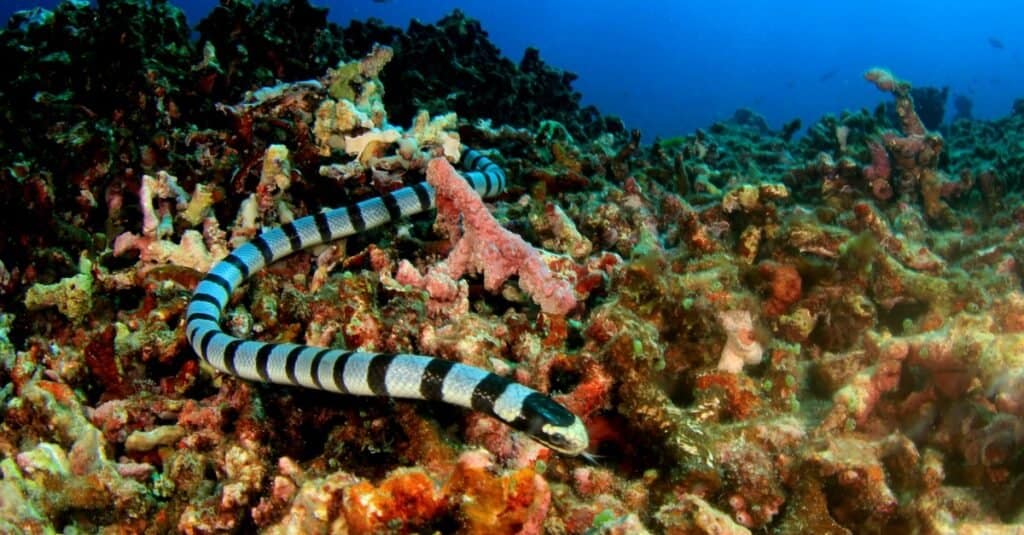
There are many species of snakes native to the ocean, like this Banded Sea Snake.
©Rich Carey/Shutterstock.com
Most people don’t think of snakes when they picture the ocean. In fact, there are 69 species of snakes native to the ocean, almost all of which are venomous. There are two groups of sea snakes, also known as coral reef snakes; true sea snakes, and sea kraits. Sea kraits don’t have as many adaptations for marine life. The bodies of true sea snakes have evolved for a life completely in water, while sea kraits can go on land. True sea snakes even give birth in water. Sea kraits lay eggs on land.
Sea snakes are found in tropical waters between the Indian and western Pacific Oceans. Most of them live in coral reefs and estuaries. The yellow-bellied sea snake is the only species that lives in open waters away from the coasts. It is found in all oceans except for the Atlantic.
The 6 Rarest Ocean Animals
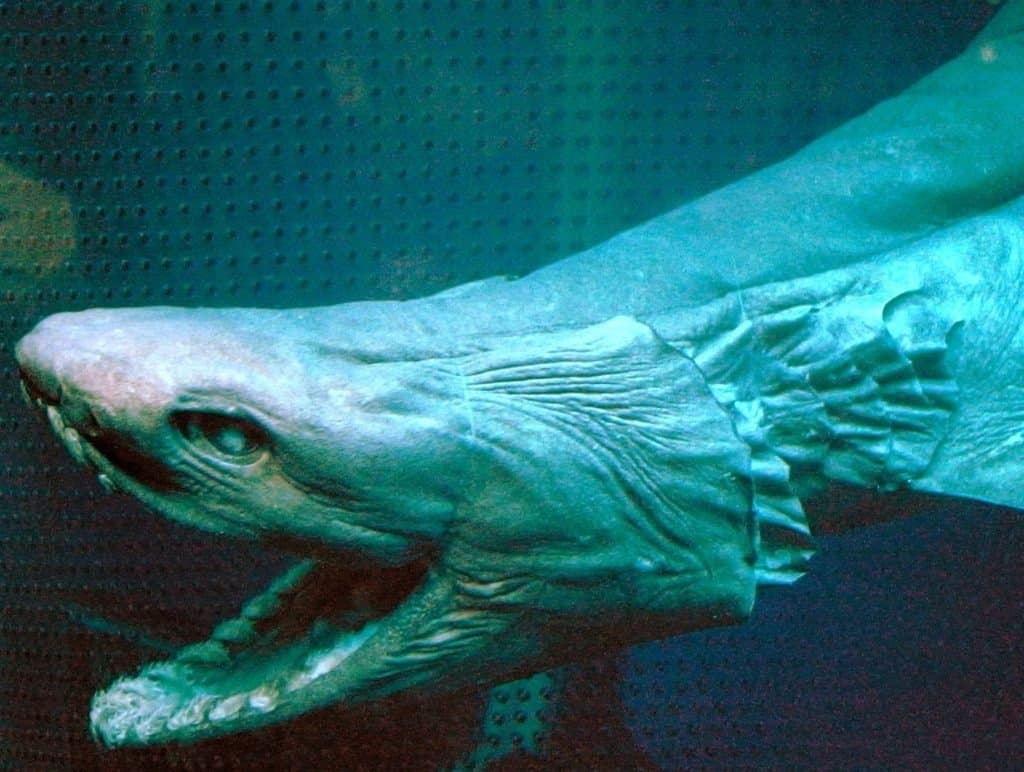
Under the ocean is the ancient-looking frilled shark, which looks and moves more like an eel.
©OpenCage / CC BY-SA 2.5 – License
The ocean is a vast space, so as you can imagine, there are many animals that live in and around the water, some all the way to the bottom, where it is dark and mysterious. There are plenty of ocean species we have yet to find, and new ones are added each year by scientists who have made wonderful discoveries.
Here are 6 of the rarest ocean animals we know to exist:
- Black Swallower: This fish has the extraordinary ability to completely engulf its prey. It can swallow almost any creature twice its size and 10 times its mass because its stomach has the ability to stretch to that size. It is found in the dark depths of the ocean.
- Tongue-Eating Louse: This isn’t a fish, but an unusual animal that lives inside a fish! Its job is to completely atrophy, disintegrate and destroy its host’s tongue by sucking its blood, which then replaces the tongue, with itself. That’s not a fun companion animal, is it?
- Spotted Wobbegong: This animal looks more like a carpet than a shark but it is one of the rarest sharks in the world. Its flattened body and ability to blend in with its surroundings help it be a great hunter and predator, worthy of the shark classification.
- Frilled Shark: This animal might give you nightmares. Under the depths of the Atlantic and Pacific Oceans is this ancient-looking shark, with a body like an eel. It moves through the water much like one and bites its prey like a snake. It is also known to swallow its food whole, which often consists of squid.
- Blobfish: Labeled the world’s ugliest fish, this animal lives in the deep oceans off of Australia and Tasmania. Due to the high pressure at the depth where it lives, the blobfish has very little muscle, making it look like a gelatinous mass. In all actuality, it looks more like a fish when it’s in the fish’s natural habitat, but when brought up to less depth, it turns into … well, a blob!
- Dumbo Octopus: A little less scary, a dumbo octopus lives in extreme ocean depths off the coast of the Philippines, New Zealand, and Australia. It is named after the Disney elephant because of the big round “ears” it uses to help it swim. The dumbo octopus also is one of the few species of octopus that do not have an ink sac, as it has few natural predators.
The 5 Largest Ocean Animals
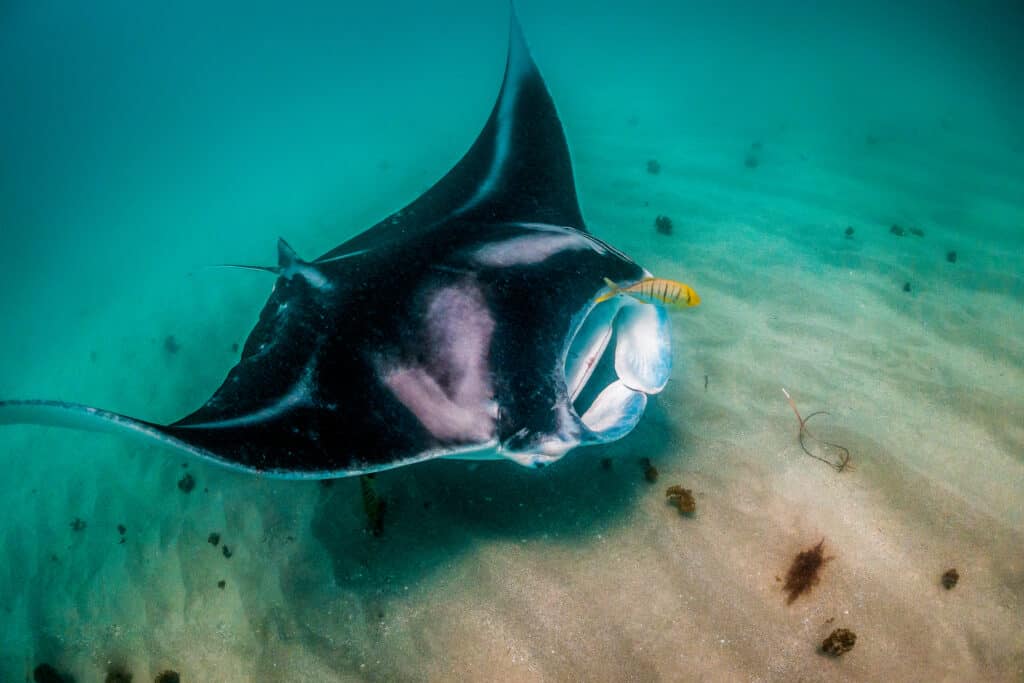
Giant Manta Ray can have a wingspan of close to 30 feet!
©Aaronejbull87/Shutterstock.com
The ocean can produce many large animals, with some the size of buildings! There are many species and subspecies of marine life that roam the ocean, with the buoyancy of water to help them navigate their large bodies.
Here are the top 5 largest ocean animals:
- Blue Whale: The No. 1 animal on all the lists is the blue whale. That’s because it can grow up to 100 feet long and weigh up to 200 tons. A blue whale has the world’s largest lung capacity at 1,300 gallons, a tongue that can weigh as much as an elephant, and a heart that can weigh as much as an automobile at 400 pounds. Lucky for humans, it actually eats krill, up to 8,000 pounds per day!
- Ocean Sunfish: This animal is the largest bony fish in the world. It can weigh between a measly 545 pounds to nearly 5,000 pounds! Fin to fin, its length is about 8 feet, though some have been discovered at 10 feet long. It is flattened laterally, and its main diet consists of small fish, fish larvae, squid, and crustaceans.
- Giant Manta Ray: Another majestic ocean giant is the giant manta ray. Graceful and gentle, this animal can have a wingspan of close to 30 feet, and it mainly feeds on zooplankton. Also, the giant manta ray is very smart, possessing the largest brain of any ocean fish.
- Lion’s Mane Jellyfish: The largest jelly species in the world, this animal lives in cooler waters off the coast of Washington and Alaska in the North Pacific Ocean. Its tentacles can reach up to 120 feet long! Though it has a powerful sting for its prey, it often doesn’t kill humans, only providing a very painful situation.
- Giant Squid: An elusive creature, the giant squid is still a mystery to this world. It lives deep in the ocean, and most studies come from dead carcasses that wash on shore. The longest specimen recorded was 43 feet and possibly weighed about a ton. Its feeding tentacles are the longest part, which can be used to catch prey up to 33 feet away.
Sea Countries Animals Lists
Click any of the countries below to see a detailed list of animals located in that country!
Sea Animals
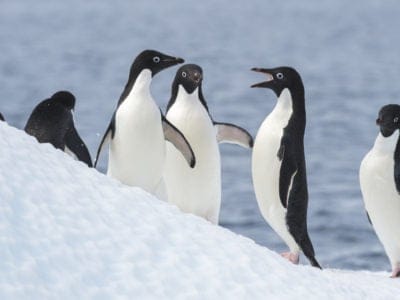
Adélie Penguin
Eats up to 2kg of food per day!
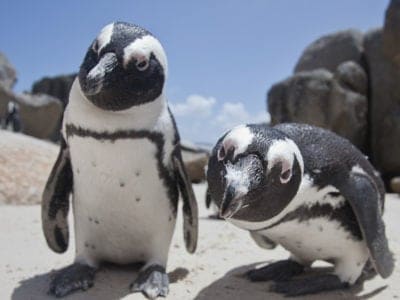
African Penguin
The only penguin species in Africa!
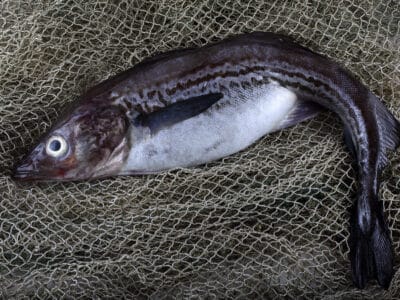
Alaskan Pollock
It's one of the most commonly eaten fish in the world
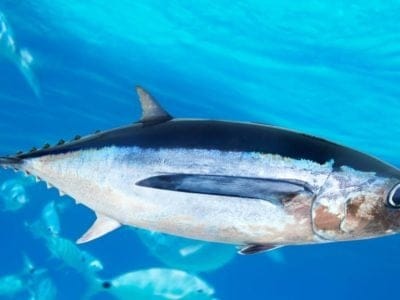
Albacore Tuna
The albacore is a very fast swimmer
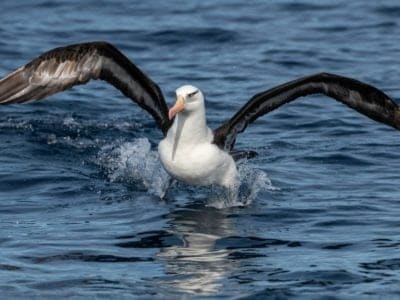
Albatross
The largest wingspan of any bird in the world!
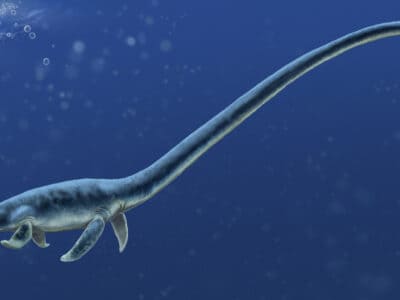
Albertonectes
The Albertonectes had the longest neck out of other Elasmosaurids.

Aldabra Giant Tortoise
One got to be 255 years old!
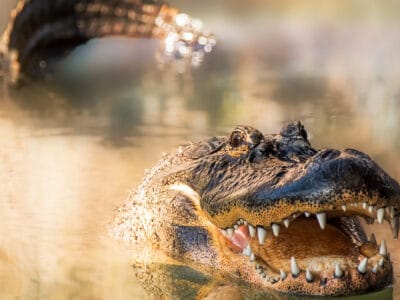
American Alligator
They have two sets of eyelids!
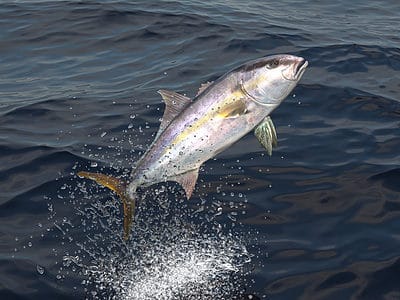
Amberjack
Amberjack can grow up to 200 pounds
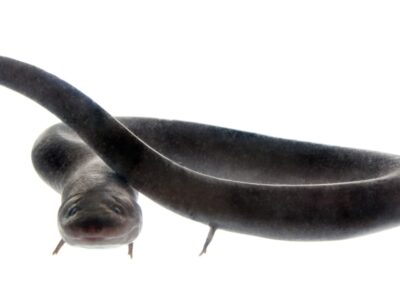
American Eel
Don't eat raw eel! Their blood is poisonous to humans when consumed raw.
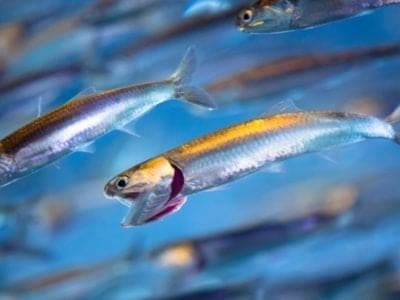
Anchovies
November 12th is celebrated as National Pizza with the Works Except Anchovies Day
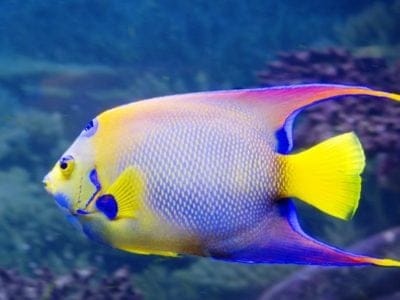
Angelfish
There are 70 different species!
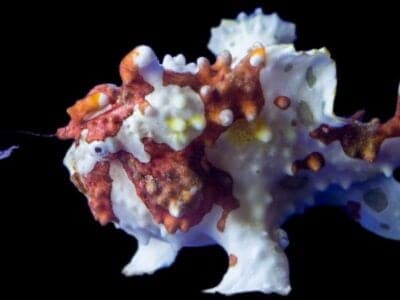
Anglerfish
The anglerfish has a glowing lure on its head to attract unsuspecting prey
Antarctic Scale Worm
Similar in length to a rat or squirrel
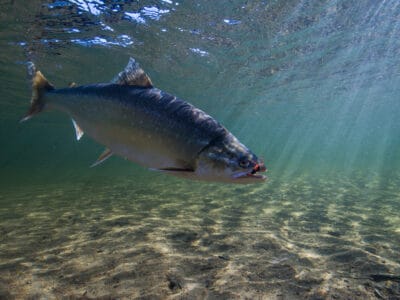
Arctic Char
Arctic char is the northern-most fish; no other fish lives anywhere further north!
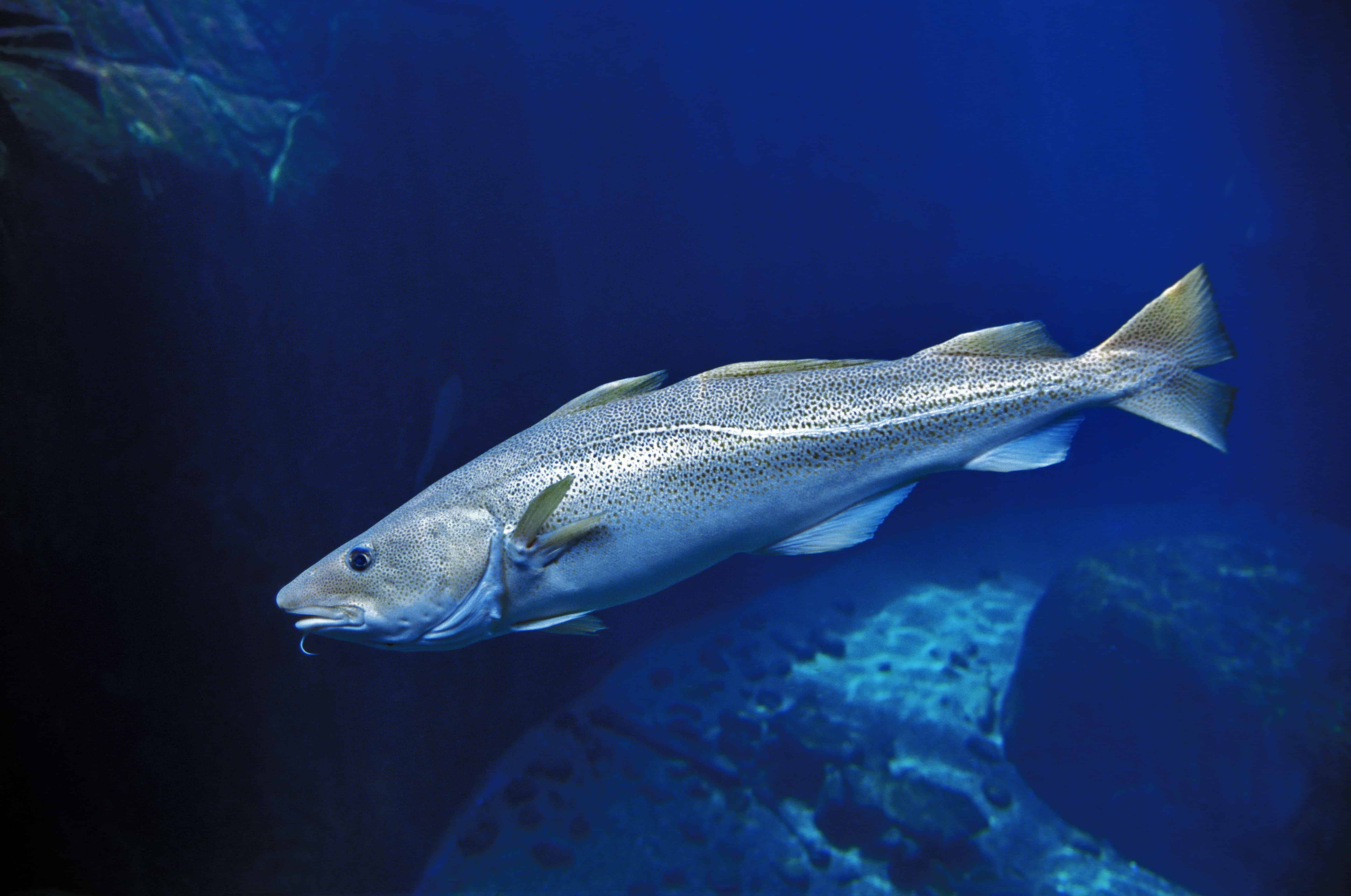
Atlantic Cod
One of the most popular food fishes in the world
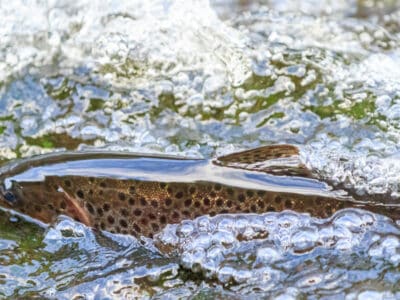
Atlantic Salmon
These fish are known for their ability to leap and fight when hooked.
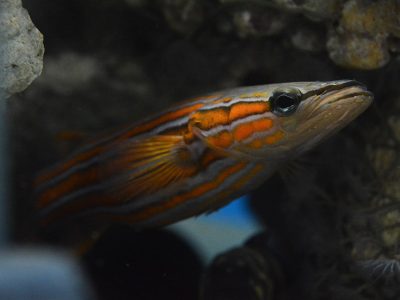
Australian Flathead Perch
This small fish fetches a high price tag, with individuals selling from $1,000 to $5,000.
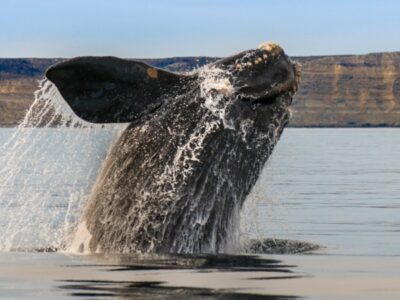
Baleen Whale
“Sings” a whale song during breeding season.
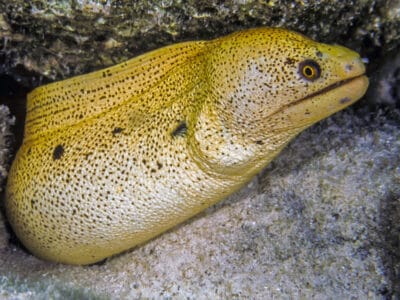
Banana Eel
Named for the yellow body and brown spots that make it look like a banana.
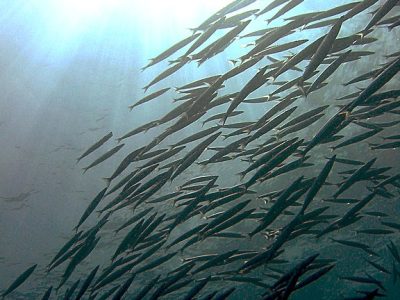
Barracuda
Can grow to nearly 2 meters long!
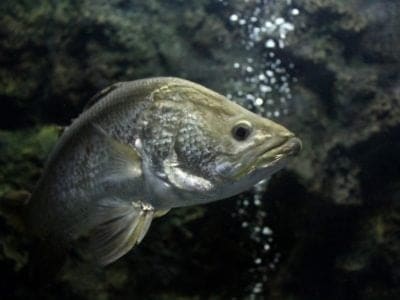
Barramundi Fish
Scale rings indicate age
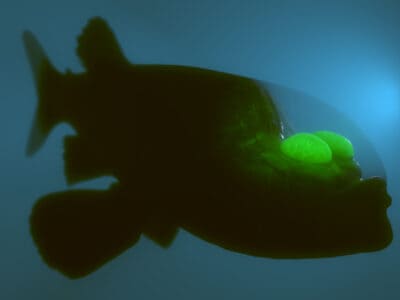
Barreleye Fish (Barrel Eye)
A barreleye fish's eyes can rotate in their head to look for prey.
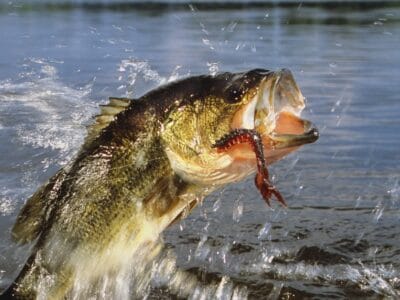
Bass
Prized by sport fishers for their size and strength
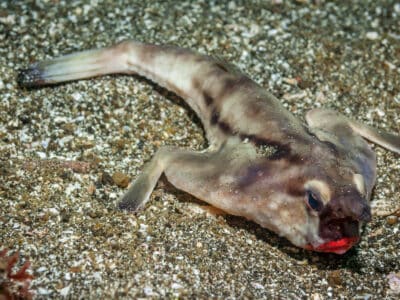
Batfish
The batfish has a lure on its head to attract prey
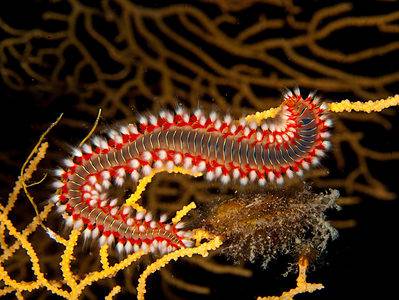
Bearded Fireworm
They emit bioluminescence during their mating ritual.
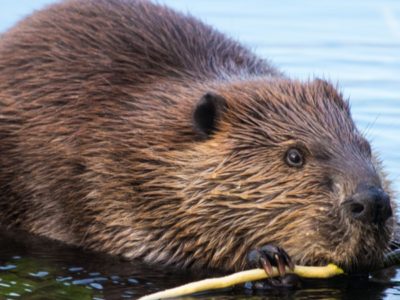
Beaver
Builds a dam from sticks and leaves!
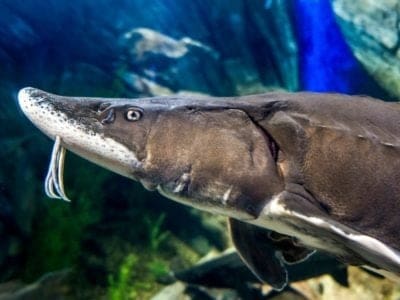
Beluga Sturgeon
The beluga sturgeon is one of the largest bony fish in the world!
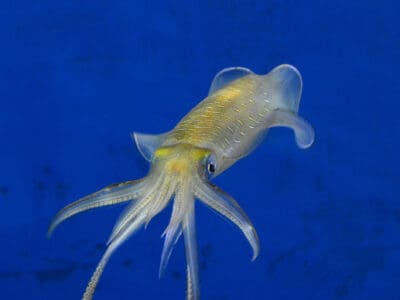
Bigfin Reef Squid
Can change color through use of chromatophores

Bird
Not all birds are able to fly!
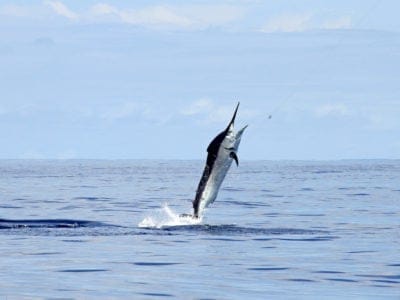
Black Marlin
Every black marlin is born as a female.
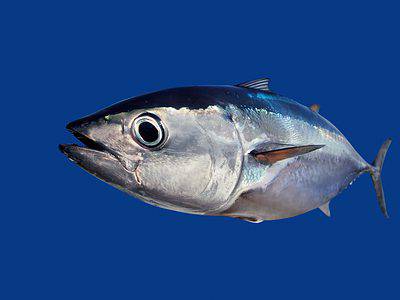
Blackfin Tuna
expensive sushi-grade tuna
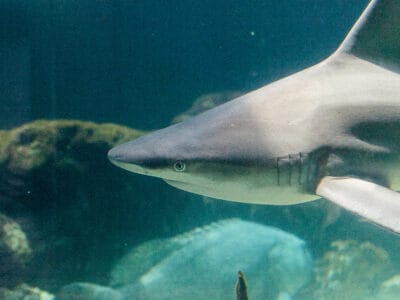
Blacknose Shark
When threatened, Blacknose sharks raise their head, arch their back, and lower their pectoral fins.
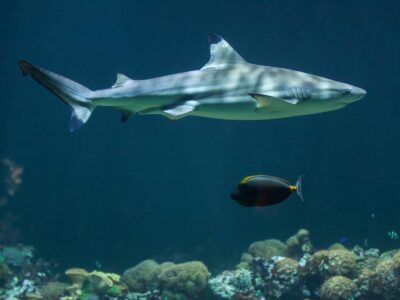
Blacktip Reef Shark
They move in and out of mangrove swamps with the tides.
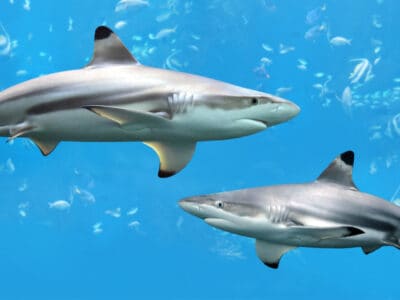
Blacktip Shark
One of the most commonly-encountered sharks
Bladefin Basslet
The tiny bladefin basslet belongs to the same subfamily as the giant grouper, Epinephelinae.
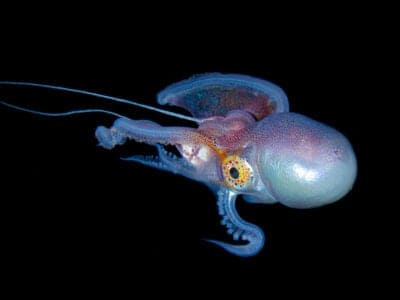
Blanket Octopus
Females can weigh up to 40,000 times more than their partners.
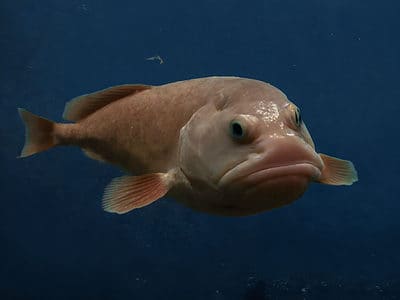
Blobfish
One of the ugliest creatures in existence!
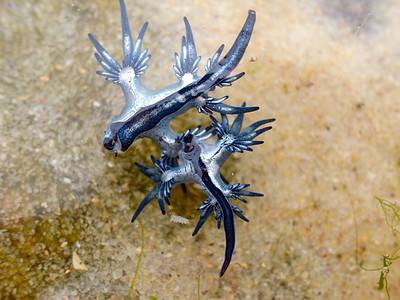
Blue Dragon Sea Slug
They inflict a painful, venomous sting
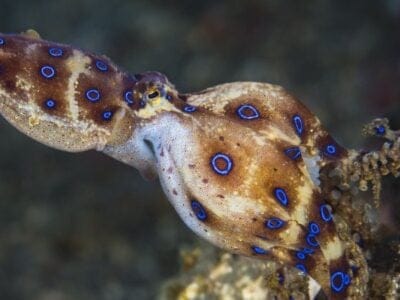
Blue-Ringed Octopus
The blue-ringed octopus produces some of the deadliest poison in the world
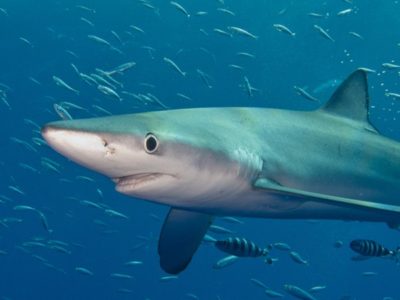
Blue Shark
Blue sharks can have up to 135 pups at a time.
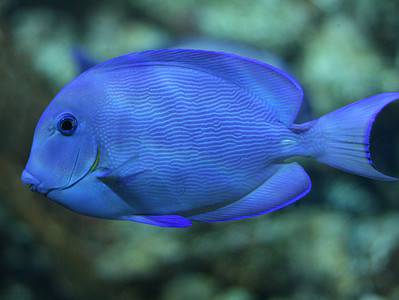
Blue Tang
One of the most colorful members of the genus Acanthurus
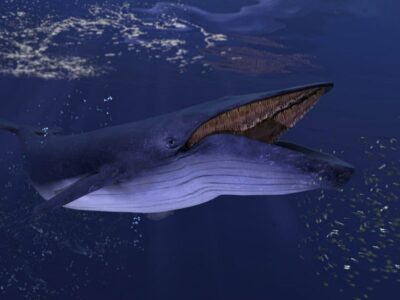
Blue Whale
The largest animal on Earth
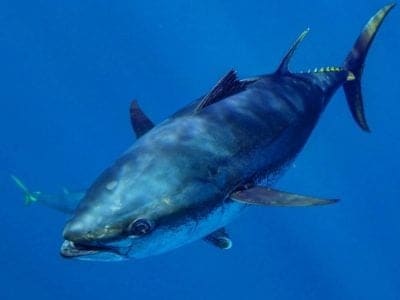
Bluefin Tuna
The bluefin is one of the largest fish in the world
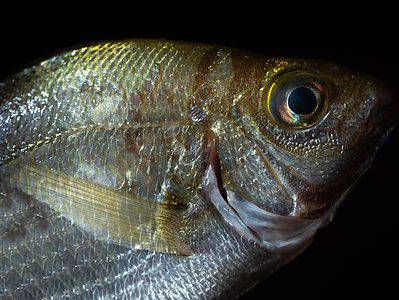
Bluefish
Bluefish are known for their "bluefish blitzes," where they chase schools of small baitfish to the surface, creating a feeding frenzy visible from the shore.
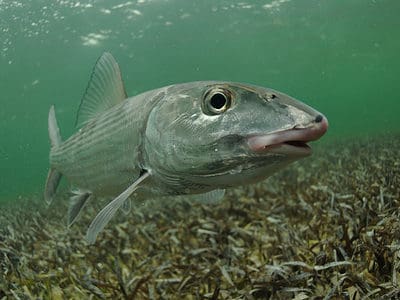
Bonefish
Bonefish have migratory habits, moving from shallow waters to deeper waters during different times of the year.
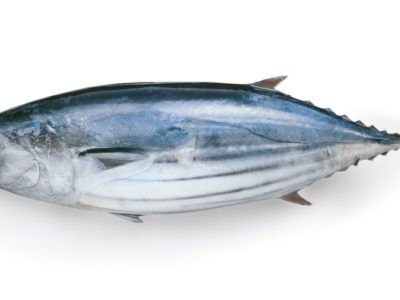
Bonito Fish
May eat squid or other small invertebrate ocean life
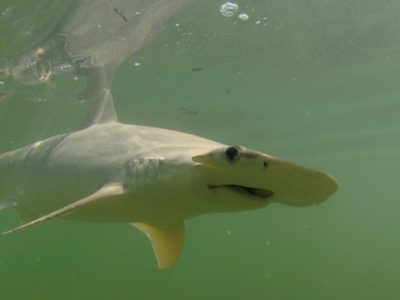
Bonnethead Shark
Bonnetheads are the only hammerhead sharks that use their pectoral fins to swim.
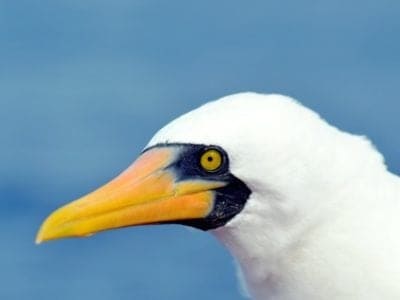
Booby
Seabirds found across the South Pacific!

Borneo Elephant
The smallest species of elephant!
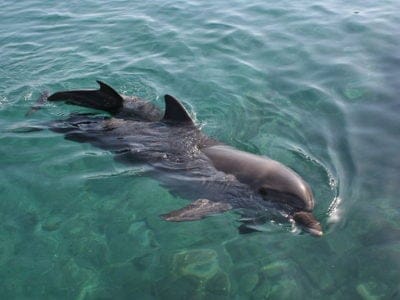
Bottlenose Dolphin
Stays in groups from 15 to 2,000 in number!'
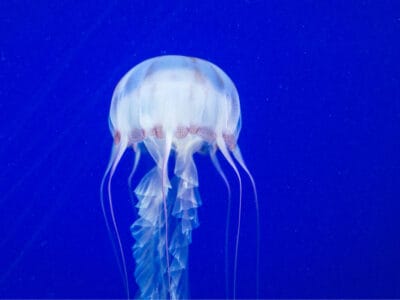
Box Jellyfish
Venomous marine animals
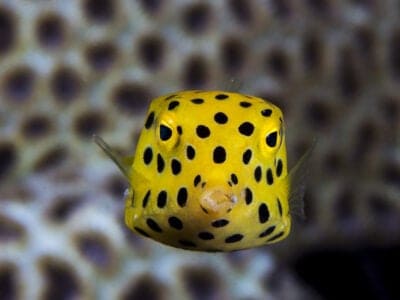
Boxfish
Can release a toxin from its skin
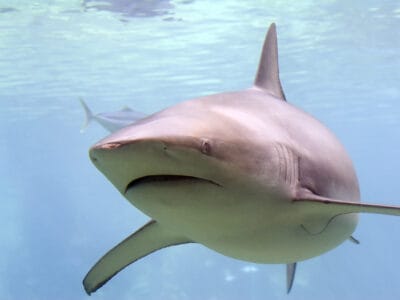
Bronze Whaler Shark
The Bronze Whaler Sharks only hunt in large groups.
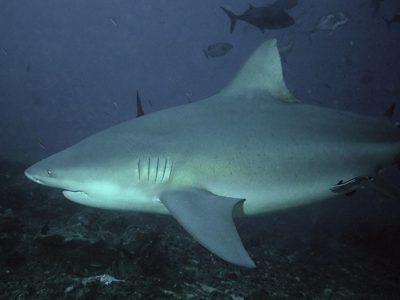
Bull Shark
Unpredictable and aggressive temperament!
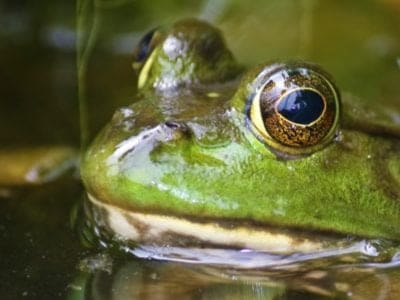
Bullfrog
Has loud cow-like calls!

Butterfly
There are thought to be up 17,500 species!
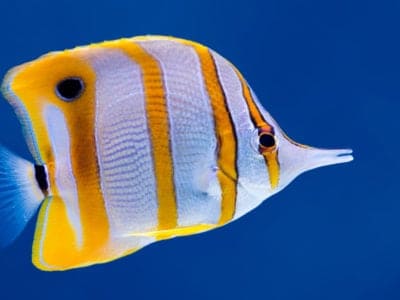
Butterfly Fish
There are more than 100 different species!
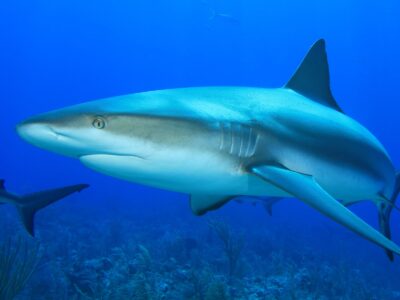
Caribbean Reef Shark
These sharks are a big part of ecotoursim in the Caribbean.
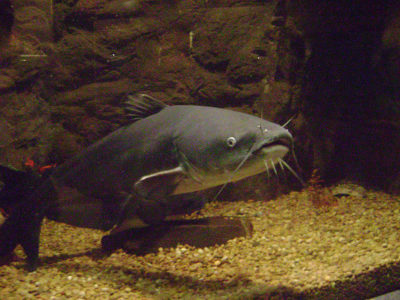
Catfish
There are nearly 3,000 different species!
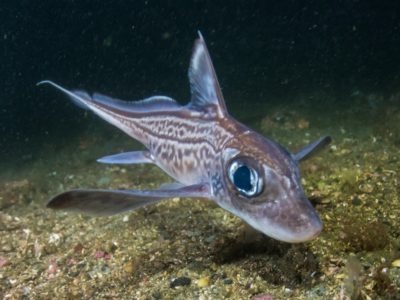
Chimaera
Also called ghost shark
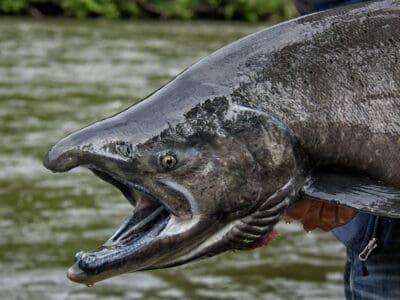
Chinook Salmon
The Chinook salmon undertakes a long migration for the spawning season
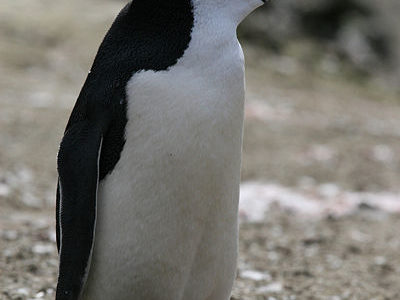
Chinstrap Penguin
There are 7 million breeding pairs!
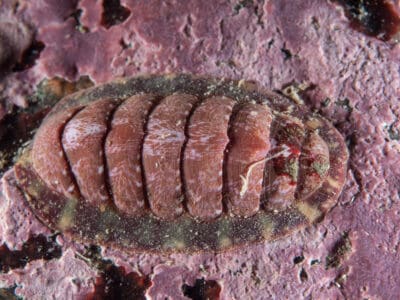
Chiton
Chitons are closely related to snails, oysters, and mussels because of their shared phylum

Christmas Island Red Crab
During the breeding season, roads can dangerous for cars as well as the crab. Their shells are so hard they can puncture tires.
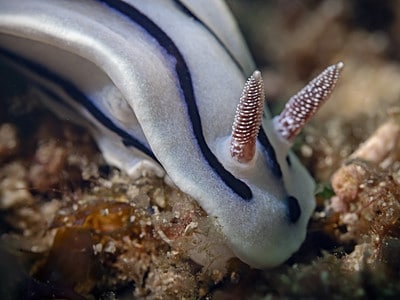
Chromodoris Willani
Their skin is toxic
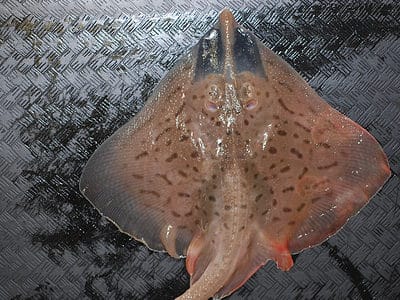
Clearnose Skate
The skate with translucent nose patches
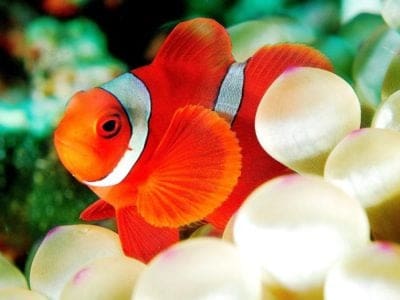
Clownfish
Also known as the anemonefish!
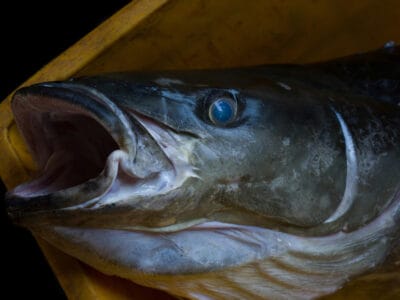
Cobia Fish
It has teeth not only in its jaws but in its tongue and the roof of its mouth
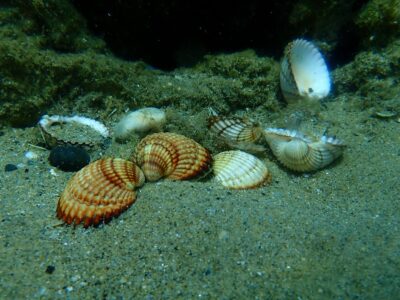
Cockle
Cockles live quite long; their lifespan usually ranges from 5 to 10 years in the wild.
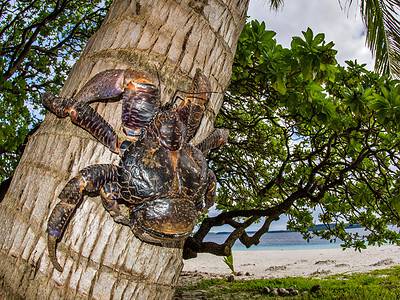
Coconut Crab
The largest terrestrial arthropod in the world
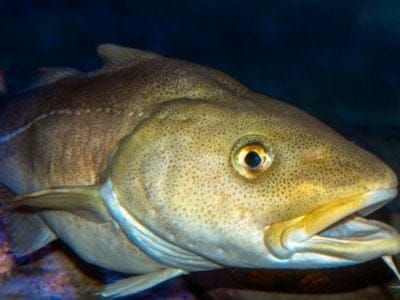
Codfish
Codfish are carnivorous and eat other fish, including young codfish.
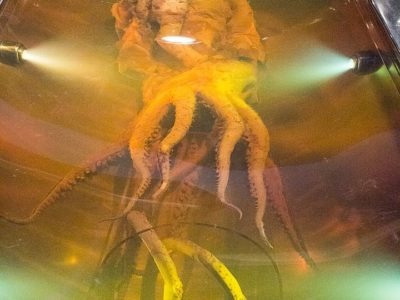
Colossal Squid
Can survive eating a single fish for months
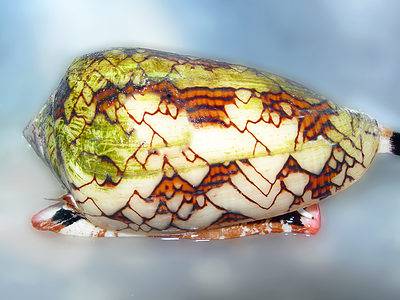
Cone Snail
Beautiful, but deadly!
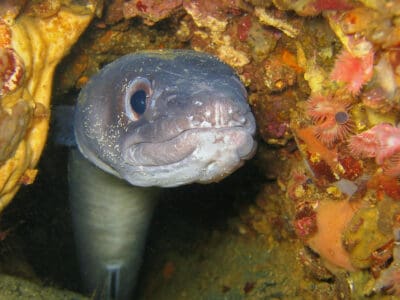
Conger Eel
The European Conger ( Conger conger) can weigh as much as an adult human!
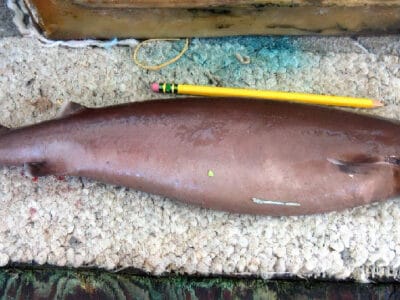
Cookiecutter Shark
The cookiecutter shark takes its name because it leaves a cookie-shaped bite hole in its prey.
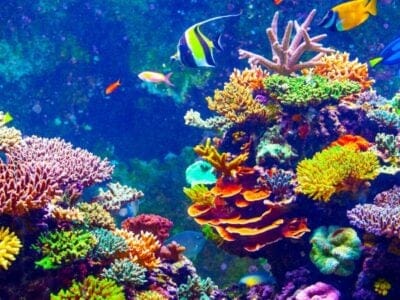
Coral
There are more than 6000 species of coral in the world's oceans.
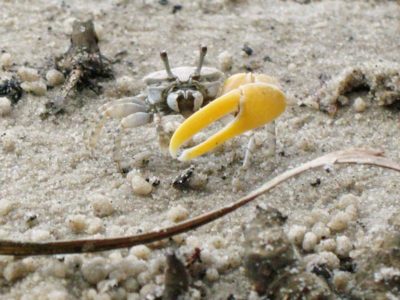
Crab
There are 93 different crab groups
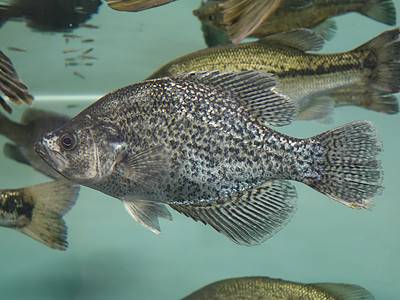
Crappie Fish
The crappie is one of the most popular freshwater fish in North America.
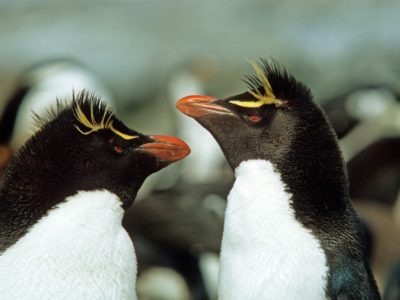
Crested Penguin
Has long yellow eyebrows!
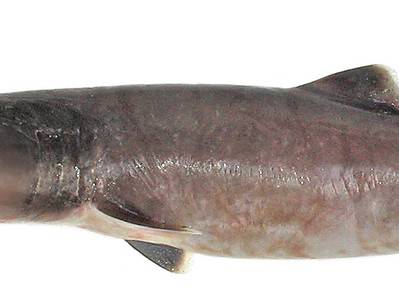
Crocodile Shark
Responsible for damaging fiber optic cables laid by AT&T in 1985
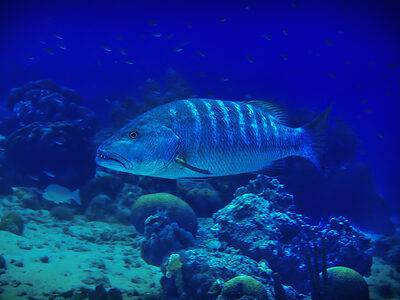
Cubera Snapper
While very intimidating, the cubera snapper also falls prey to other marine animals like barracudas, whale sharks, and moray eels.
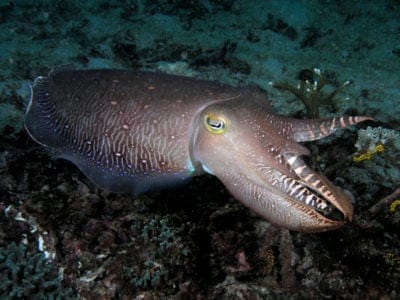
Cuttlefish
Found throughout the world's oceans!
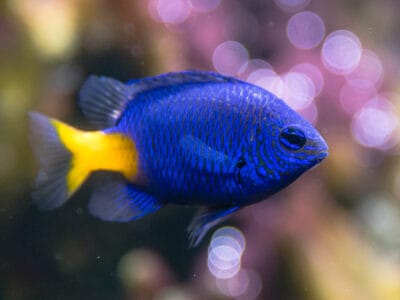
Damselfish
Damselfish belong to the family Pomacentridae
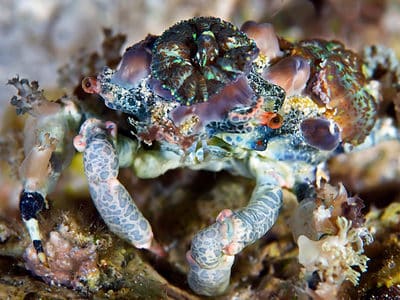
Decorator Crab
Recycle old decorations when they molt
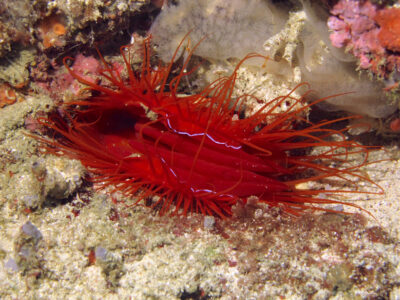
Disco Clam
Can spray acidic mucus at predators

Dolphin
Can reach speeds of up to 25 mph!
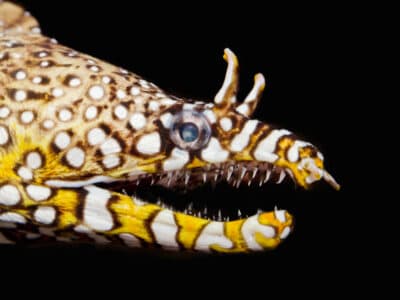
Dragon Eel
Dragon eels have double jaws and two sets of razor-sharp teeth
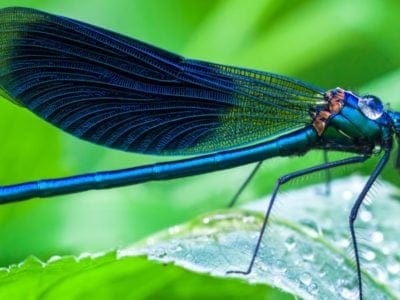
Dragonfly
It's larvae are carnivorous!
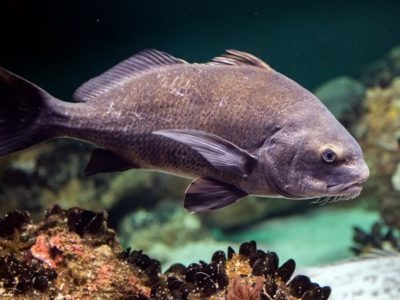
Drum Fish
The drum fish makes a croaking sound with its swimming bladder!

Duck
Rows of tiny plates line their teeth!
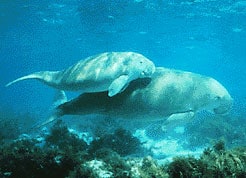
Dugong
Closely related to the Manatee!
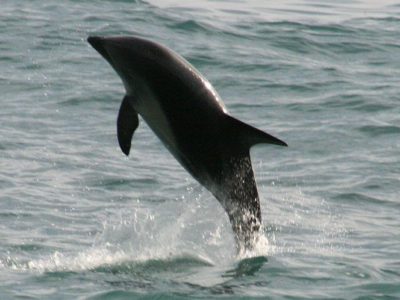
Dusky Dolphin
Communicates using whistles, squeaks and clicks!
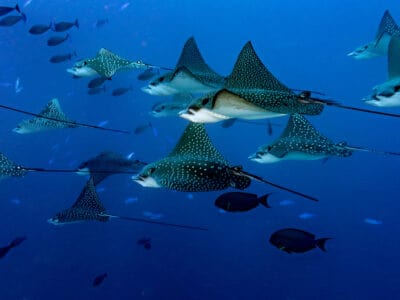
Eagle Ray
Majestic underwater bird like fish

Eel
Eels can be a mere few inches long to 13 feet!
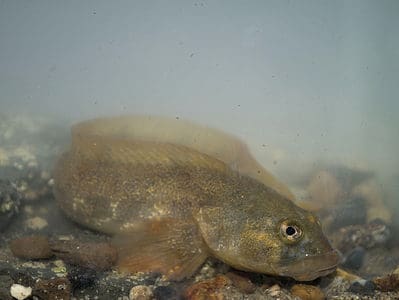
Eelpout
Not actually "eels"
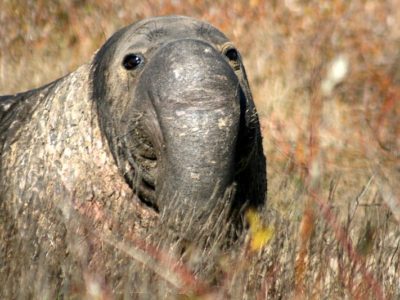
Elephant Seal
The largest species of seal in the world!
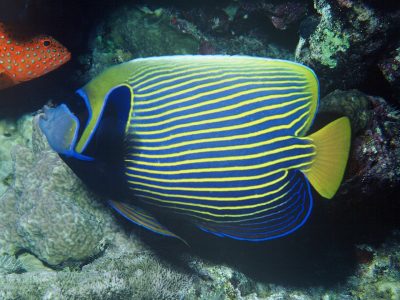
Emperor Angelfish
One of the most beautiful fish on the planet!

Emperor Penguin
The world's largest species of penguin!
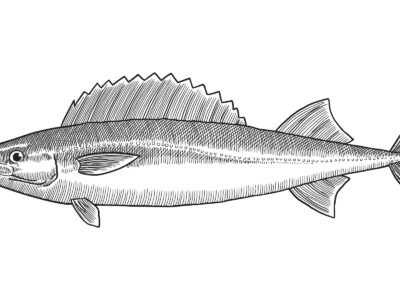
Escolar
Its system can’t metabolize wax esters, which can lead to unpleasantness for diners.

False Killer Whale
The false killer whale looks like a cross between a dolphin and orca!
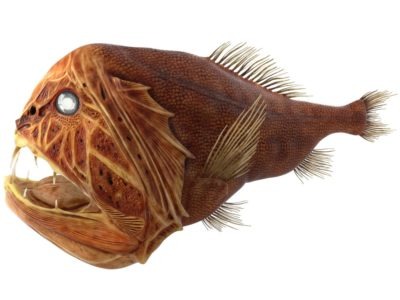
Fangtooth
Has the largest teeth compared to body size of any known fish!
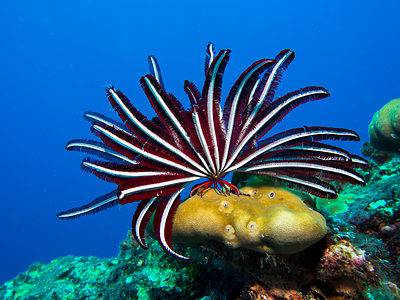
Feather Star
Feather stars look like flowers. They have no heart, eyes, or brain.
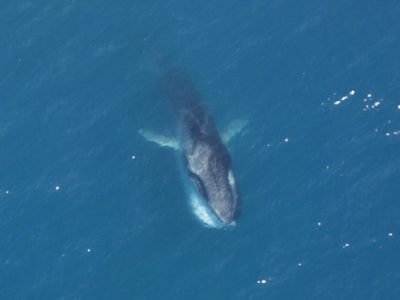
Fin Whale
Found throughout ocean waters worldwide!
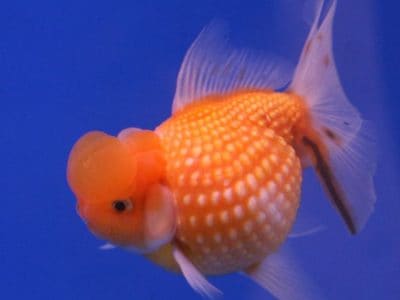
Fish
Respire through the gills on their heads!
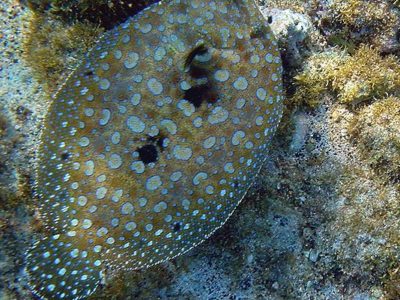
Flounder
A flat fish found in the Atlantic and Pacific!
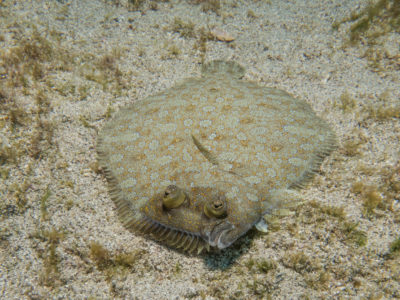
Flounder Fish
There are around 240 different species of Flounder fish
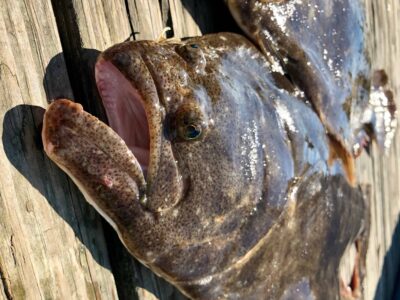
Fluke Fish (summer flounder)
The chameleon of the seas!
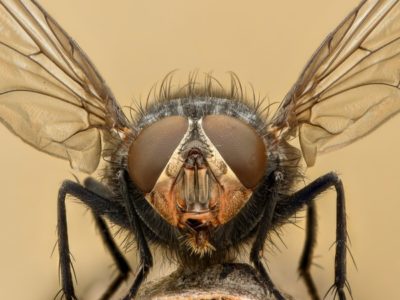
Fly
There are more than 240,000 different species!
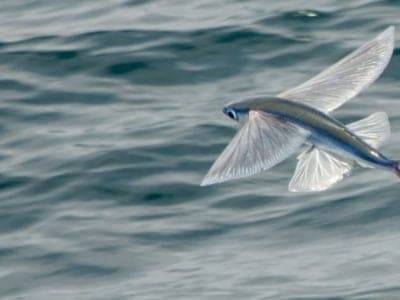
Flying Fish
Can glide in the air for hundreds of feet
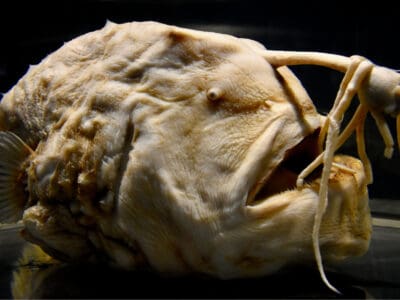
Football Fish
The football fish is named after its unusual round or oblong shape
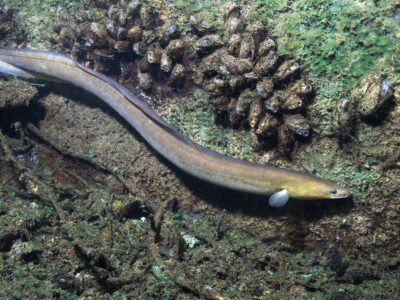
Freshwater Eel
Freshwater eels are actually catadromous, meaning they migrate to saltwater to spawn
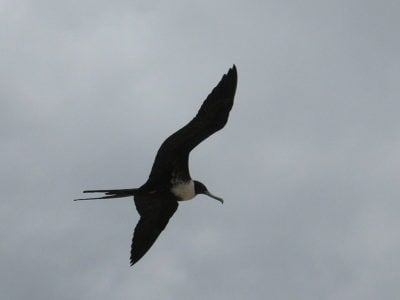
Frigatebird
Found inhabiting tropical islands and coasts!
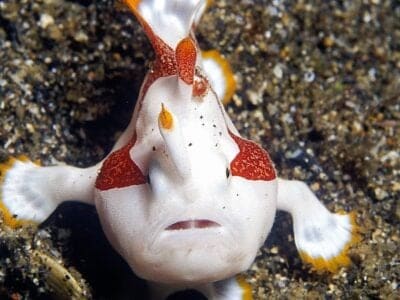
Frogfish
The frogfish can change colors, but it takes several weeks to do so
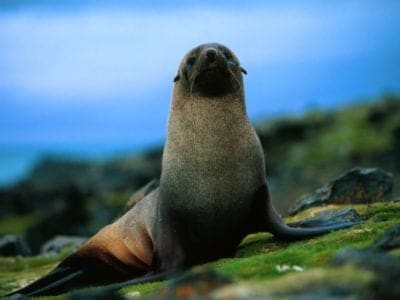
Fur Seal
Found only in the Northern Hemisphere!
Galapagos Penguin
Found around the Equator!

Galapagos Tortoise
The biggest species of tortoise in the world!

Garden Eel
Garden eel colonies are made up of hundreds to thousands of individuals.
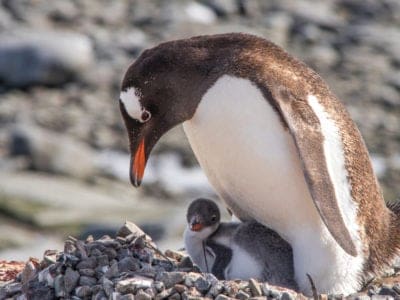
Gentoo Penguin
Found throughout the sub-Antarctic!
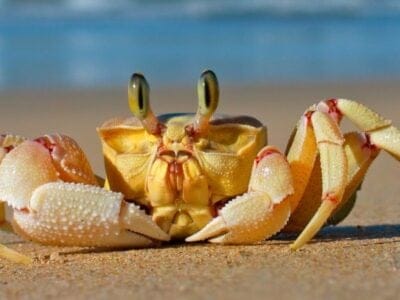
Ghost Crab
Their eyestalks, which are sometimes horned, can swivel 360 degrees
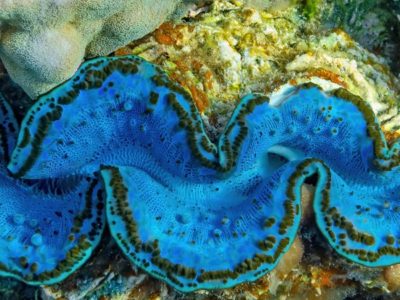
Giant Clam
Can reach nearly 4ft in length!
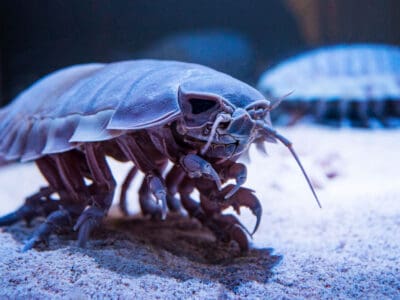
Giant Isopod
Giant isopods are the largest group of isopods in the world

Giant Siphonophore
The giant siphonophore is longer than the largest sea mammal – the blue whale.
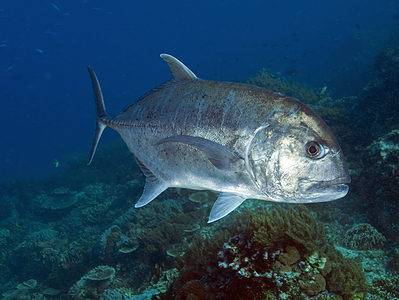
Giant Trevally
The largest fish in its genus
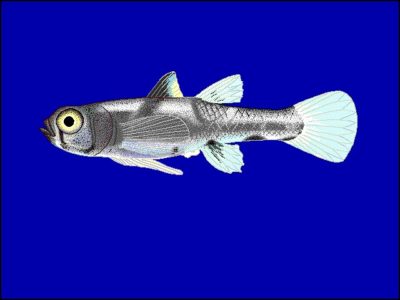
Goby Fish
Some Goby species are toxic.

Goose
There are 29 different species!

Goshawk
The goshawk is a popular choice among European falconers
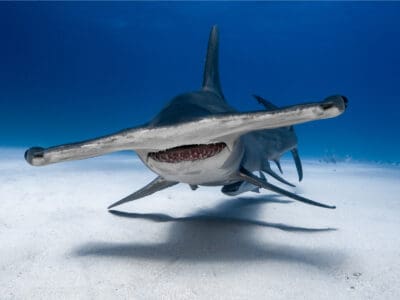
Great Hammerhead Shark
Great hammerhead sharks have a 360 view because their eyes are situated on the ends of their mallet-like heads.
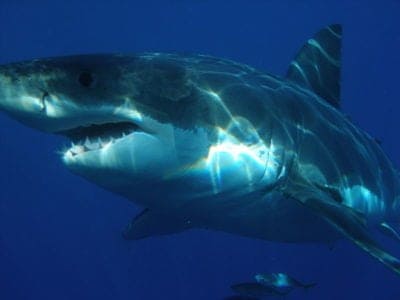
Great White Shark
Can grow to more than 8 meters long!

Greenland Shark
This shark has the longest lifespan of any vertebrate.
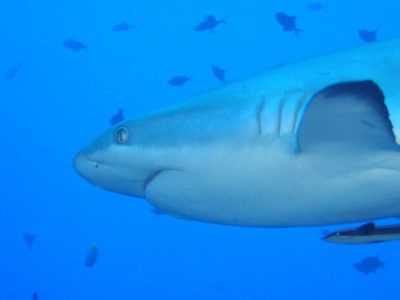
Grey Reef Shark
One of the most common shark species!
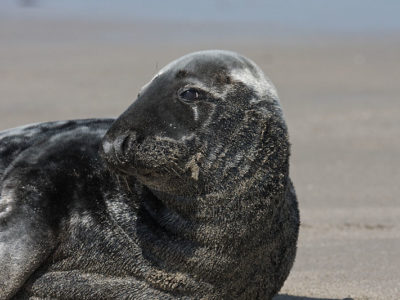
Grey Seal
One of the rarest species of seal on Earth
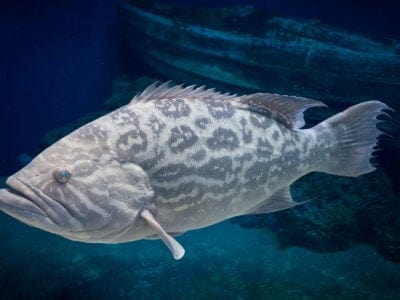
Grouper
Many grouper can change their sex, and it is always from female to male.
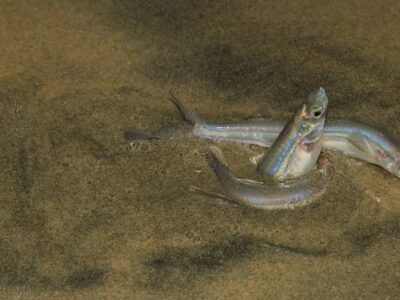
Grunion
Their whole bodies are edible
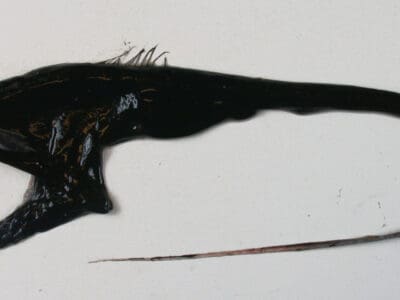
Gulper Eel
Gulper eels have a similar lifespan to humans and can live up to 85 years old. However, their age depends on their habitat and the availability of food.
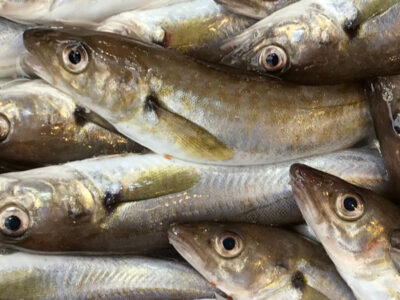
Haddock
The haddock is very popular in both recreational and commercial fishing
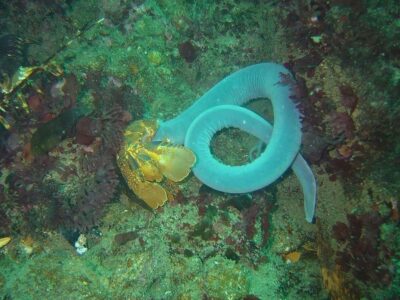
Hagfish
Can use slime to suffocate marine predators or escape capture
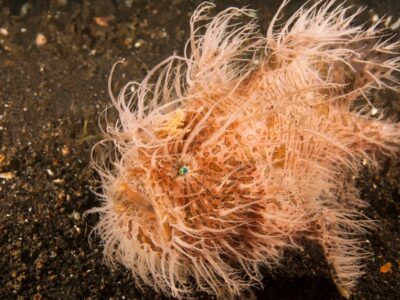
Hairy Frogfish
Hairy frogfish can eat prey as large as themselves by swallowing them whole.
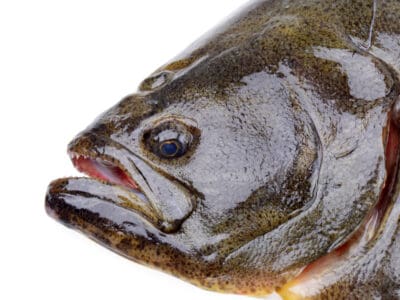
Halibut
The word "halibut" is comes from haly meaning "holy" and butte meaning flat fish due to its popularity on Catholic holy days.

Hammerhead Shark
Found in coastal waters around the world!

Harbor Porpoise
Surprisingly, not a dolphin!

Harbor Seal
Harbor seals can dive as deep as 1400 feet
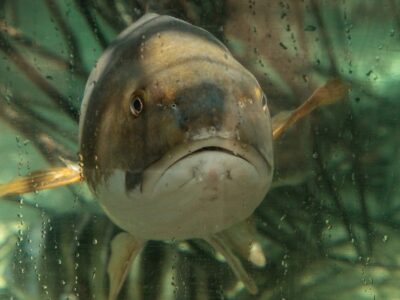
Hardhead Catfish
The hardhead catfish has a sharp spine near its fin to inject venom
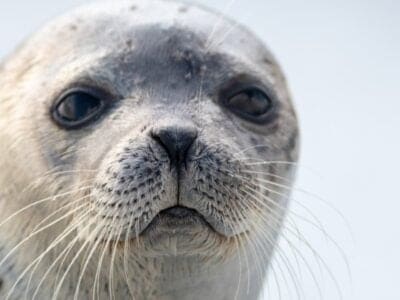
Harp Seal
The harp seal can migrate up to 3,000 miles every year
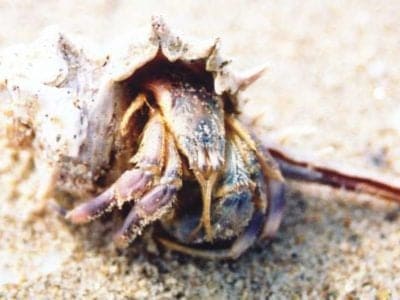
Hermit Crab
There are over 500 different species!
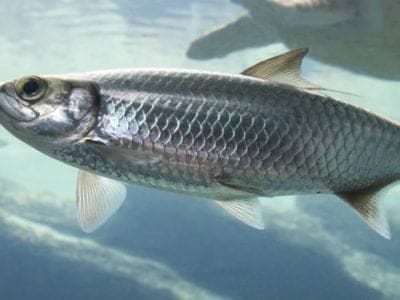
Herring
People enjoy the taste of the oily fish in many different ways including pickled, smoked, salted, dried and fermented.
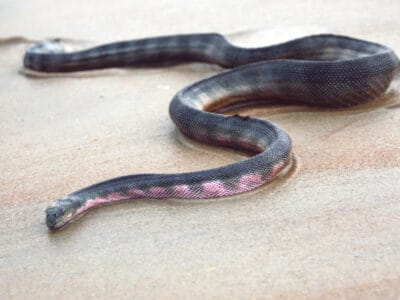
Hook-Nosed Sea Snake
Sea snakes are the most numerous venomous reptiles on Earth.
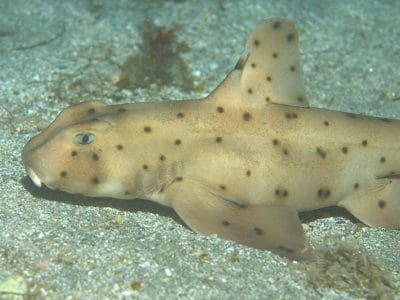
Horn Shark
Endemic to the Californian coast!
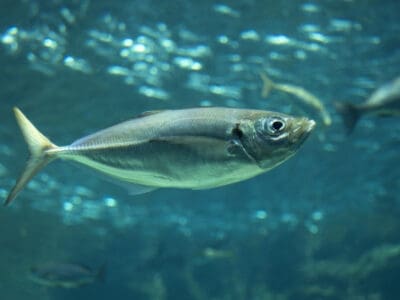
Horse Mackerel
Got their name from a myth that other fish would ride them over great distances
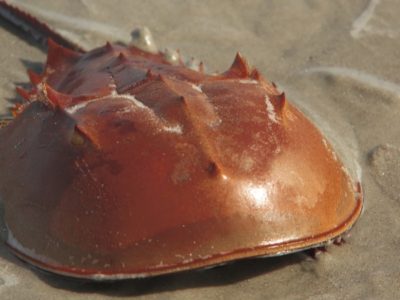
Horseshoe Crab
Changed little in over 500 million years!

Humboldt Penguin
Found on the South American coast!
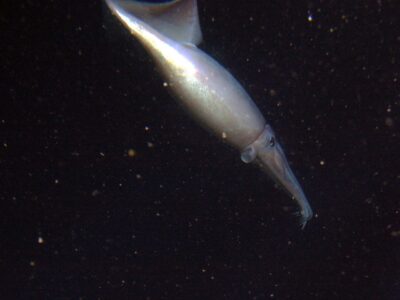
Humboldt Squid
The Humboldt squid can change colors to communicate
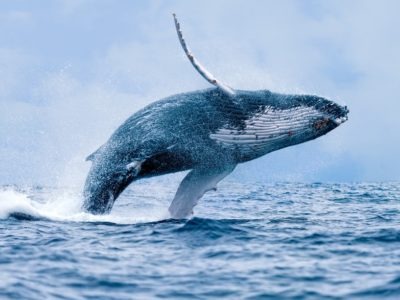
Humpback Whale
There are thought to be 80,000 left in the wild!
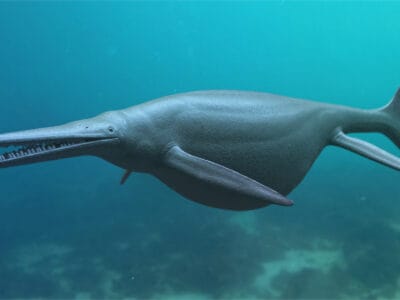
Ichthyosaurus
Gave birth to live young instead of laying eggs like other reptiles
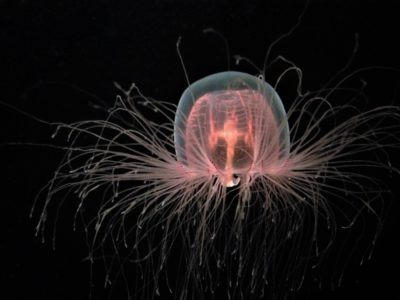
Immortal Jellyfish
Excellent hitchhiker on long-trip cargo ships

Indian Palm Squirrel
Natively found in parts of India and Sri Lanka!
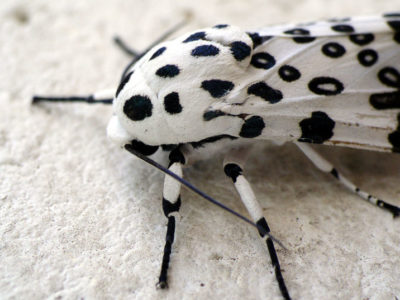
Insects
There are an estimated 30 million species!
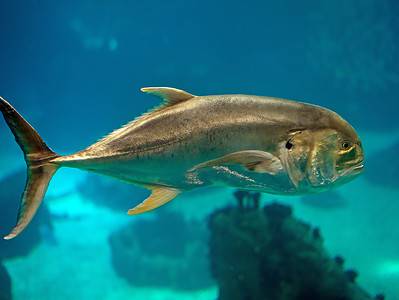
Jack Crevalle
One of the biggest species in the Caranx genus
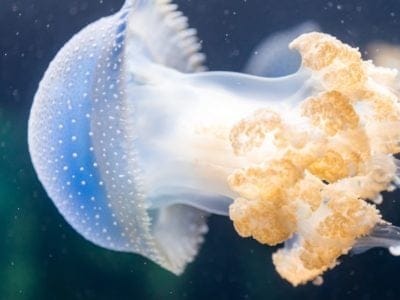
Jellyfish
Have tentacles around their mouths!
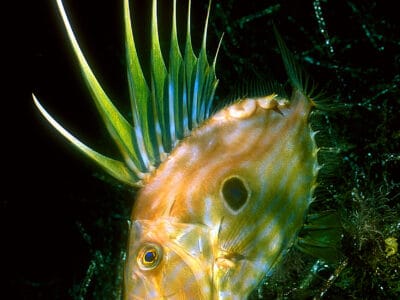
John Dory
The John Dory is often labeled one of the ugliest fish in the world and has no known relatives.
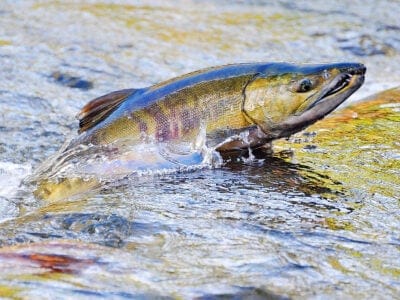
Keta Salmon
During spawning the look of the male changes. Among other things, he grows a beak called a kype that bears fangs.
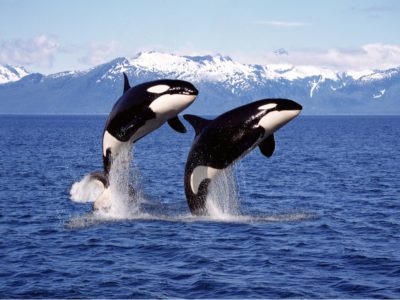
Killer Whale
Typically consumes over 200 kg of food a day!
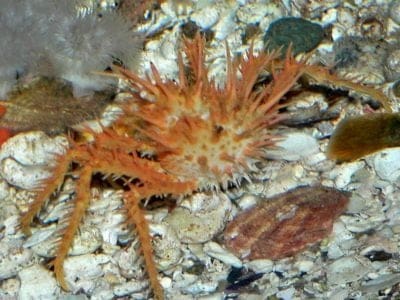
King Crab
Can have a leg span of nearly 2 meters!
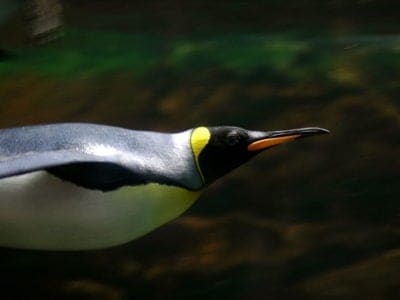
King Penguin
More than 2 million breeding pairs!
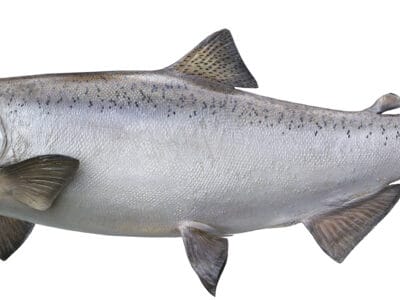
King Salmon
Largest of the Pacific salmon
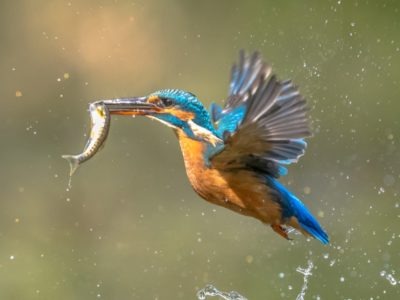
Kingfisher
Inhabits wetlands and woodlands worldwide!
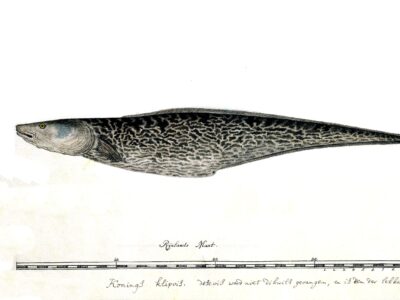
Kingklip
A delicacy in South Africa
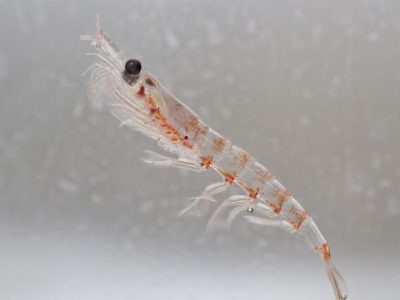
Krill
The krill is perhaps the most important animal in the marine ecosystem!
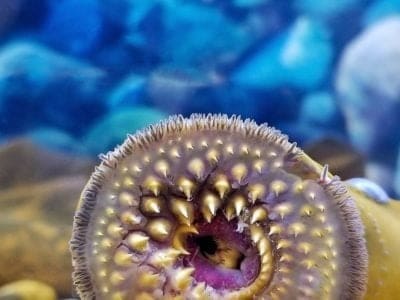
Lamprey
Not related to the eel
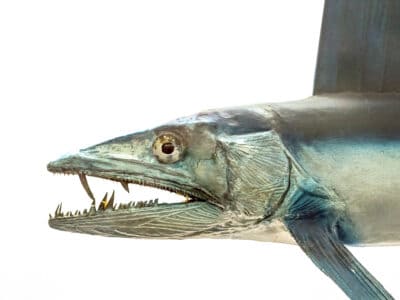
Lancetfish
Lancetfish live at depths up to 6,500 feet below sea level
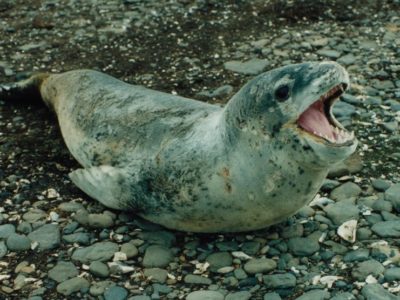
Leopard Seal
The world's most aggressive seal species!
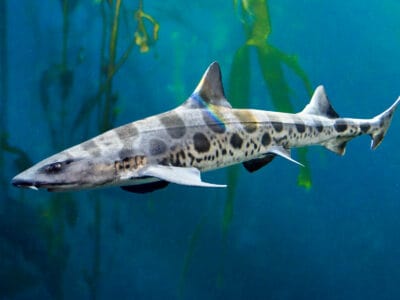
Leopard Shark
Leopard Sharks have teeth with three points.
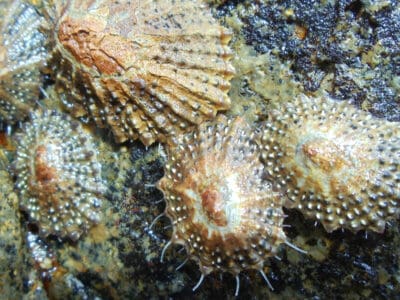
Limpet
Can change sex from male to female and back again
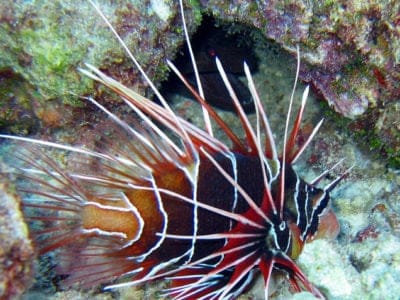
Lionfish
Females can release up to 15,000 eggs at a time!
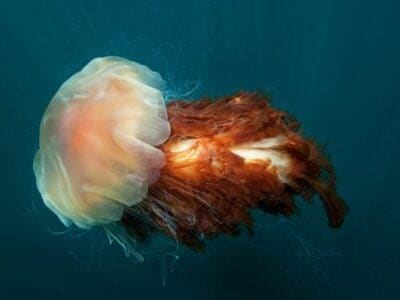
Lion’s Mane Jellyfish
Though it’s a huge animal, the lifespan of the lion’s mane jellyfish is only a year.

Little Penguin
The smallest species of penguin!
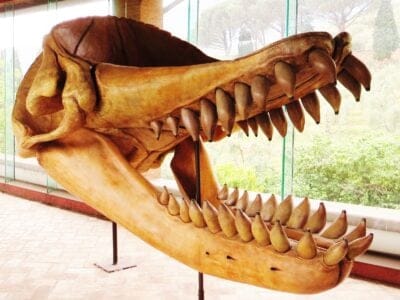
Livyatan
The Livyatan had 1 to 1.2 foot long, interlocking teeth
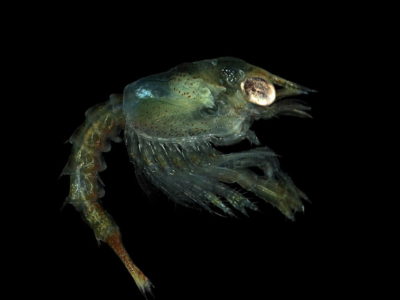
Lobster
Have been known to reach 100 years old!

Lumpfish
The lumpfish have sticky suction cups on their fins
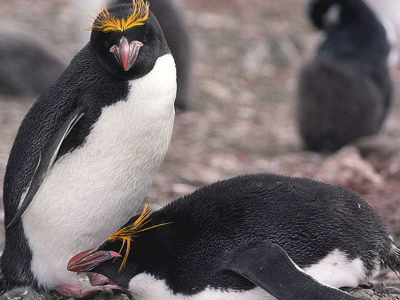
Macaroni Penguin
Gather in colonies of up to 100,000 members!
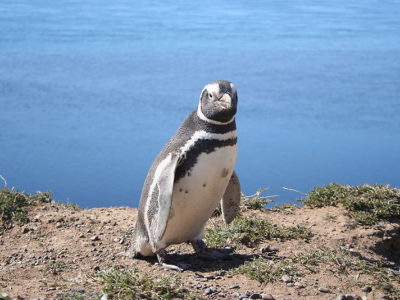
Magellanic Penguin
Threatened by oil spills!
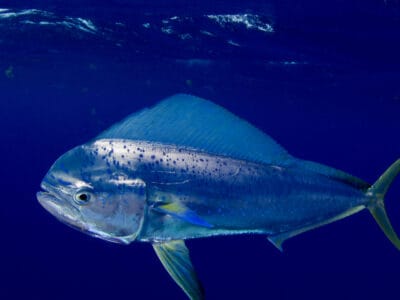
Mahi Mahi (Dolphin Fish)
It's called the rabbit of the ocean because it multiplies so quickly.
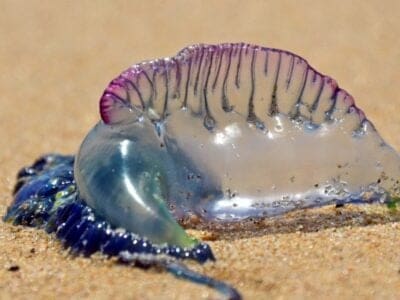
Man of War Jellyfish
Named for an 18th century warship
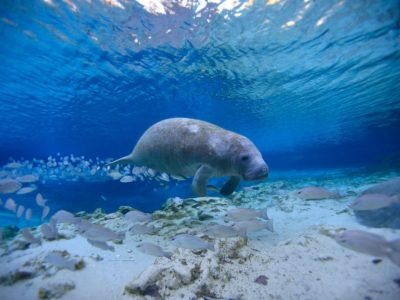
Manatee
Also known as the Sea Cow!
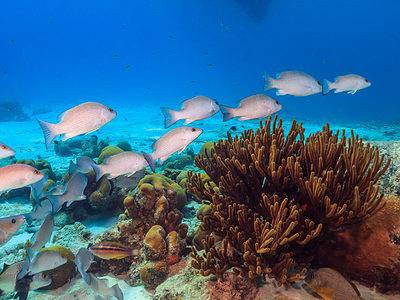
Mangrove Snapper
Tagging studies have found that once adults establish a habitat they typically remain there for long periods. In fact, they found that these fish can stay in one area for up to 4 years.
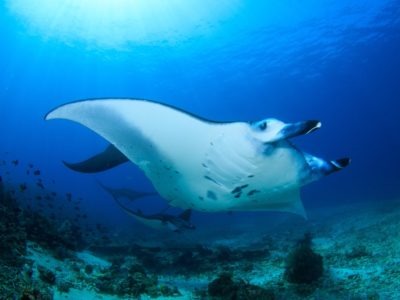
Manta Ray
Can grow up to 9m wide!
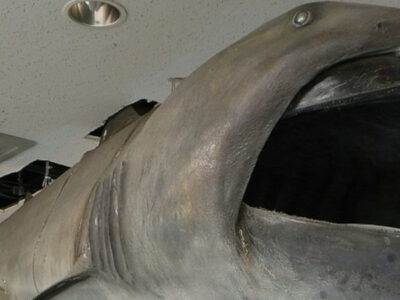
Megamouth Shark
Swims with its mouth open to capture prey
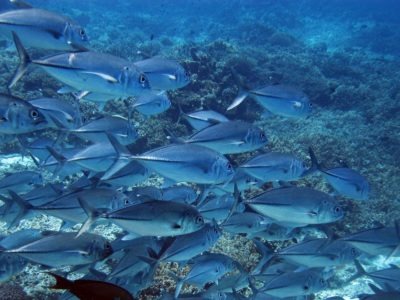
Milkfish
Females lay up to 5 million eggs at one time in warm, shallow and salty waters
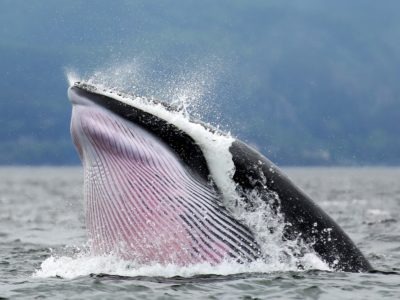
Minke Whale
There are two recognised species!

Mojarra
The mojarra's protruding mouth allows it to sift along the seabed for food
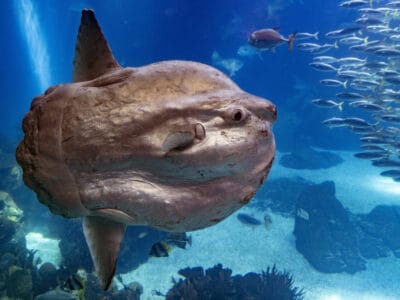
Mola mola (Ocean Sunfish)
The ocean sunfish is the biggest bony fish in the world
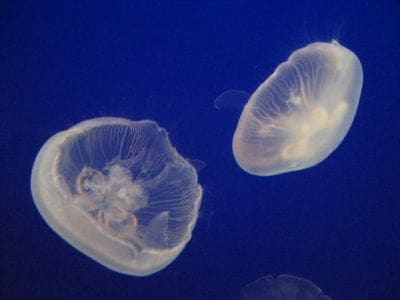
Moon Jellyfish
Moon Jellies are bioluminescent, so they glow in the dark! They can also de-age!
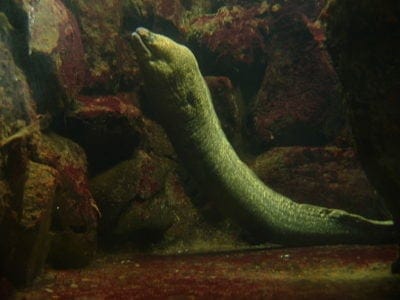
Moray Eel
Sometimes, groupers invite moray eels to help them hunt!
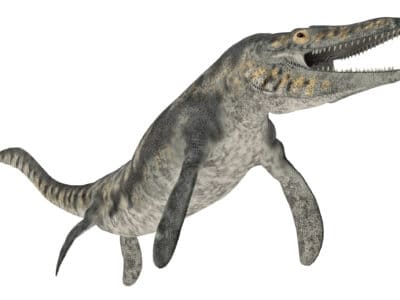
Mosasaurus
The Mosasaurus was much longer than the fearsome Tyrannosaur rex.
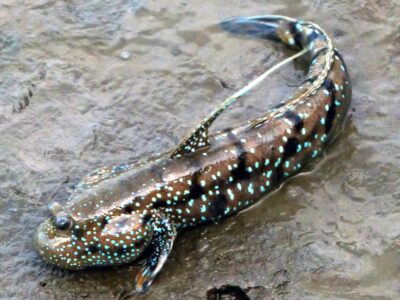
Mudskipper
They walk on land
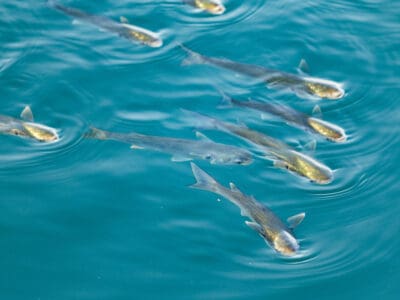
Mullet Fish
The Striped Mullet is one of the best-known and most easily identified species, with black horizontal stripes along its body.
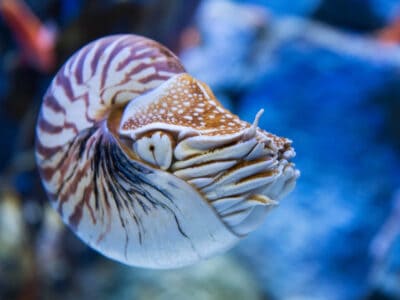
Nautilus
Living fossils that evolved over 500 million years ago
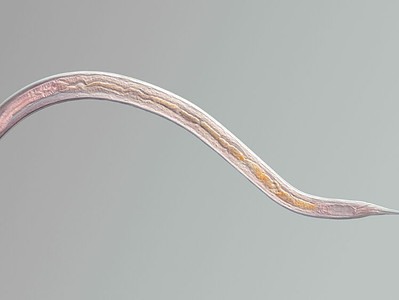
Nematode
Nematodes range in size from 1/10 of an inch to 28 feet long
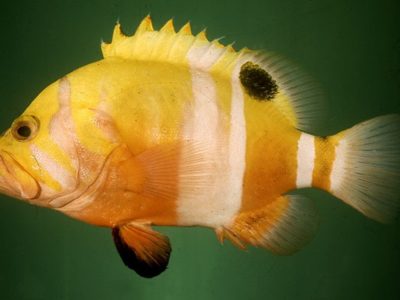
Neptune Grouper
The largest recorded specimen ever caught was 17" long
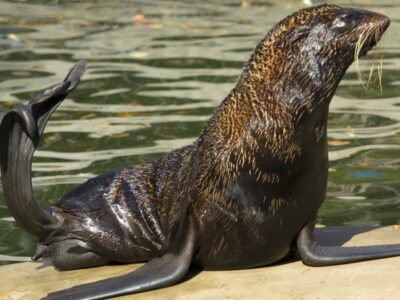
Northern Fur Seal
Dense underfur means they don’t need blubber to stay warm
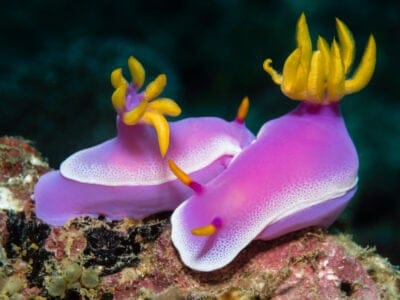
Nudibranch
They get toxins from their prey to use it against predators.
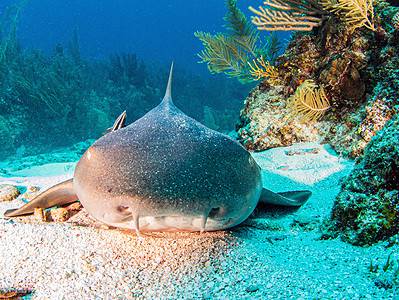
Nurse Shark
Commonly found in Central American waters!
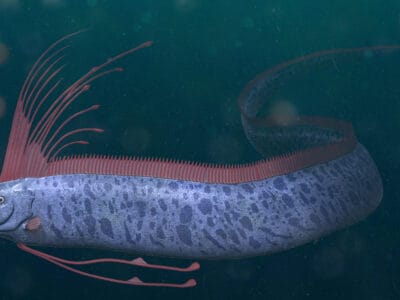
Oarfish
The Giant oarfish (Regalecus glesne) holds the Guinness Book of World Records for the longest bony fish in the world.
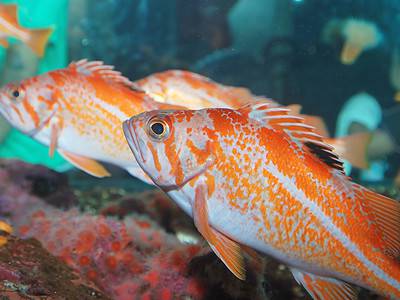
Ocean Perch
As a scorpionfish, the ocean perch has spines along its back!
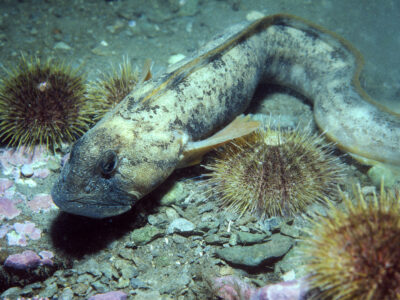
Ocean Pout
Females guard their eggs for up to 3 months
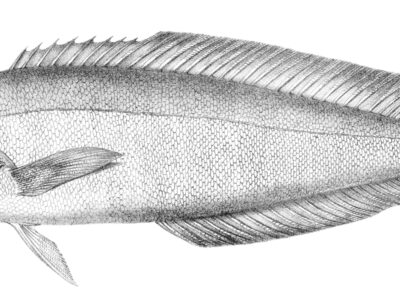
Ocean Whitefish
Common around Southern California
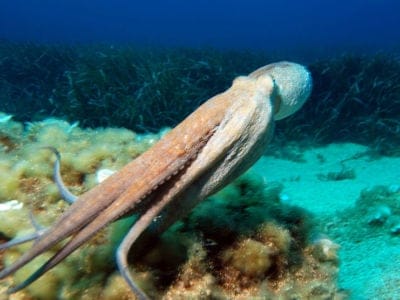
Octopus
There are around 300 different species!
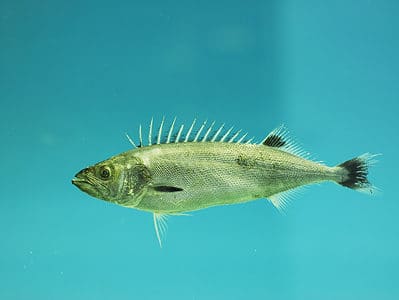
Oilfish
They live in deep water as far as 2,600 feet below the water’s surface.
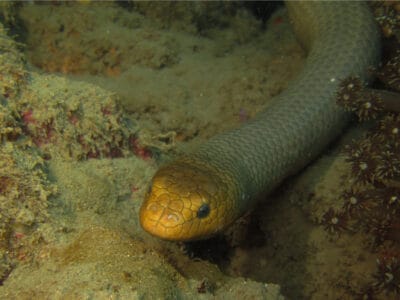
Olive Sea Snake
Olive sea snakes can stay underwater for two hours without taking a breath.
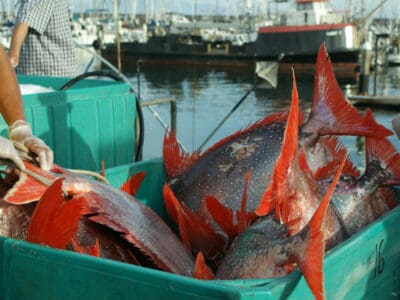
Opah
Opah are brightly colored, with red-orange fins and a silvery body.
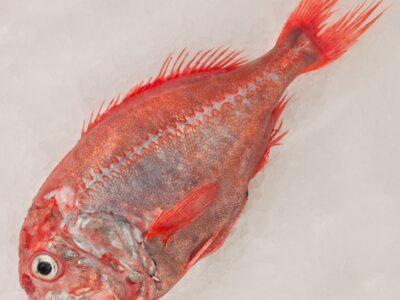
Orange Roughy
One of the oldest commercially harvested fish
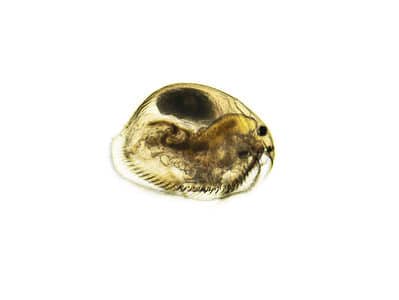
Ostracod
Oldest and most common extant crustaceans
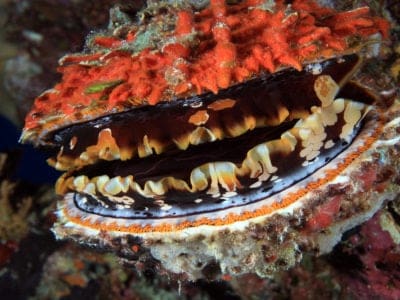
Oyster
Can process up to 10 litres of water an hour!
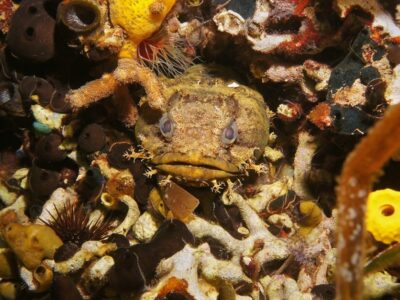
Oyster Toadfish
The oyster toadfish can produce poison to protect itself
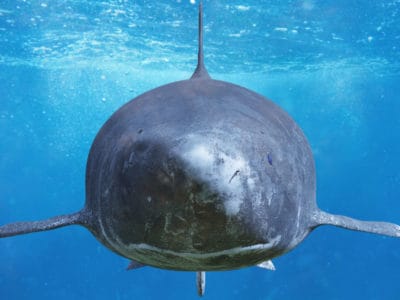
Pacific Sleeper Shark
In 2015, a Pacific Sleeper Shark was filmed living underneath an active volcano near the Solomon Islands. This shark is able to survive in waters with very high temperatures and acidity!
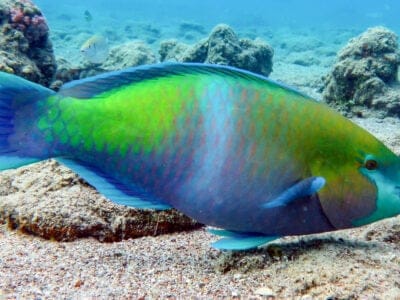
Parrotfish
The parrotfish can change from female to male at some point in its life.
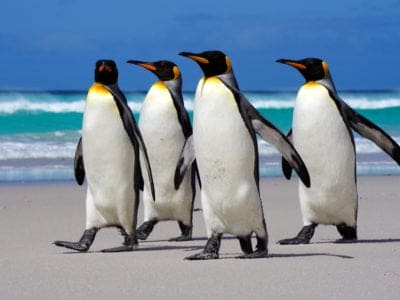
Penguin
Spends 75% of it's time hunting for food!
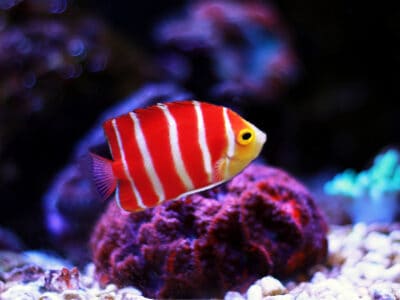
Peppermint Angelfish
The peppermint angelfish was only first described in 1992.
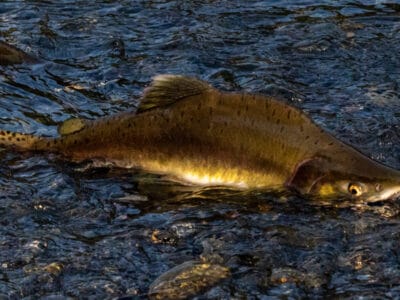
Pink Salmon
The smallest of the North American salmon

Pipefish
The male pipefish has the ability to carry fertilized eggs with him

Plesiosaur
Plesiosaur had a short tail and an extremely long neck

Polar Bear
Could be extinct within the next 30 years!
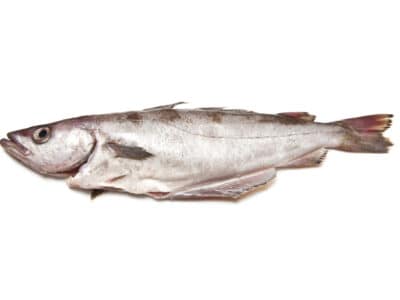
Pollock Fish
Pollock is a nutritious fish, generally readily available for human consumption, and more sustainable and affordable than other whitefish species like hake or haddock.
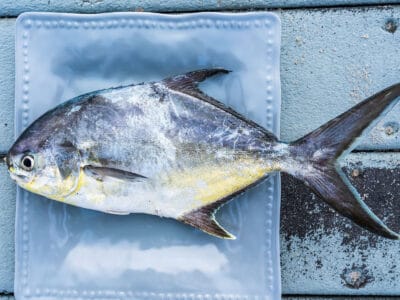
Pompano Fish
They are bottom-feeders
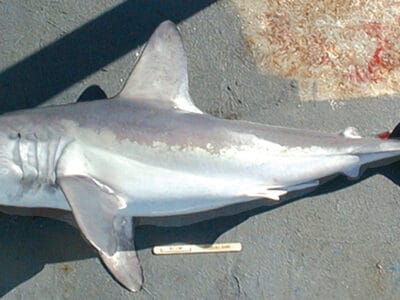
Porbeagle Shark
The porbeagle is one of the few sharks that jumps out of the water
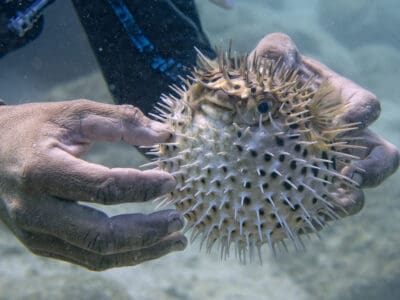
Porcupinefish
The Porcupinefish secrete a potent neurotoxin known as tetrodotoxin; this poison can kill both people and predators.
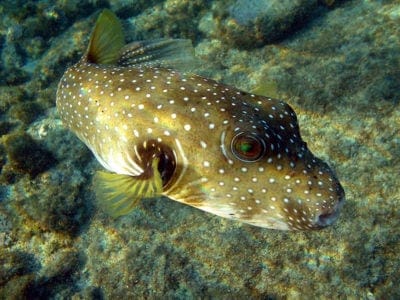
Pufferfish
The second most poisonous creature in the world!
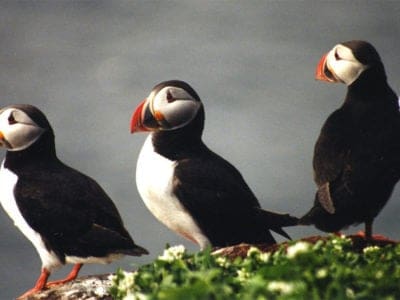
Puffin
Can remain in the water for up to 2 minutes!
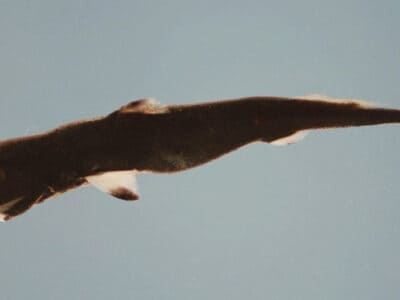
Pygmy Shark
Pygmy sharks underbelly glows to attract prey that swims beneath it.
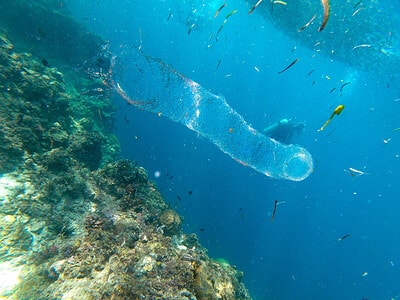
Pyrosome
They float with the current.
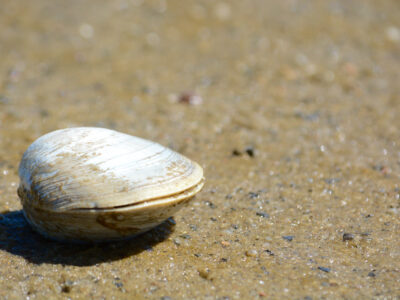
Quahog Clam
Their hinged shell protects their soft body
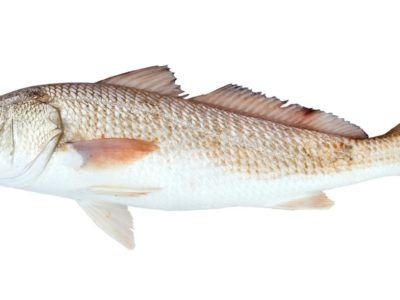
Red Drum Fish
There were a few sightings of red drums in the Mediterranean Sea off Sicily and Israel, but they do not naturally occur there, so theories are they escaped from fish farms.
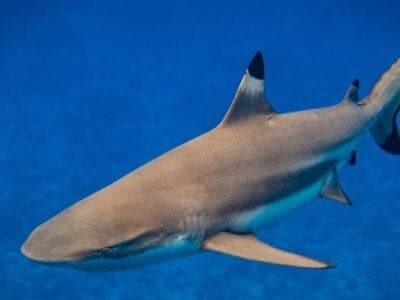
Reef Shark
Grey reef sharks can give birth without males

Reindeer
Also known as the Caribou
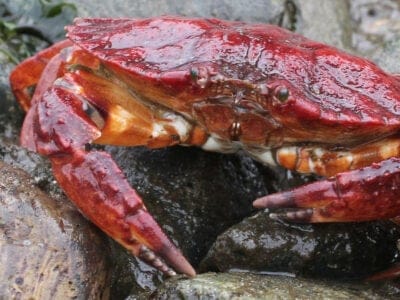
Rock Crab
Males will fight each other to get to females.
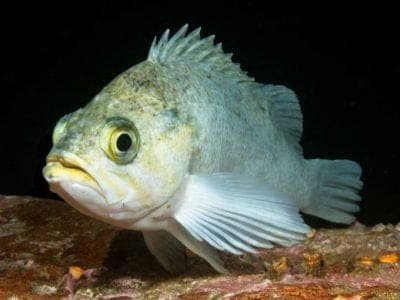
Rockfish
These fish can grow up to three feet long!
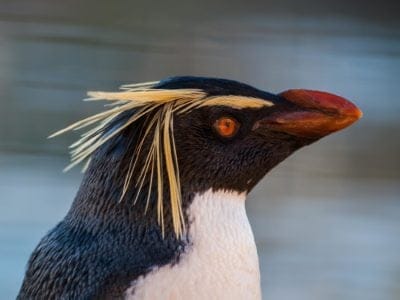
Rockhopper Penguin
There are 3 different species!

Royal Penguin
Can reach speeds of 20mph!
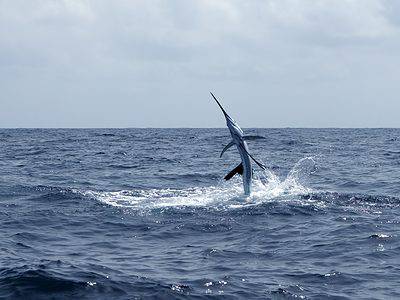
Sailfish
Fast billfish with a sail-like dorsal fin
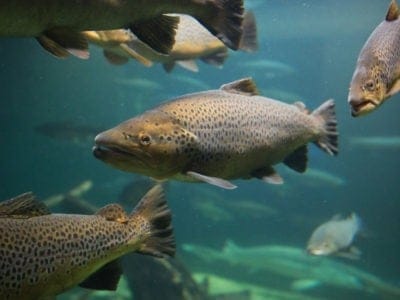
Salmon
Returns upstream every year to spawn
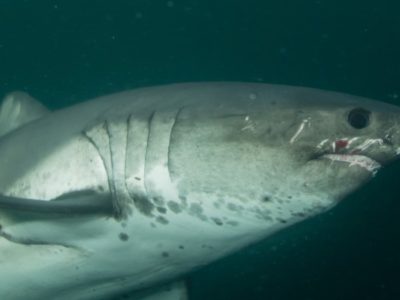
Salmon Shark
Salmon sharks are related to Great Whites.
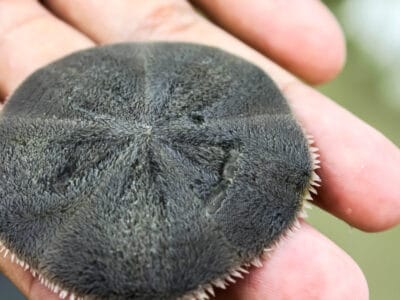
Sand Dollar
Sand Dollar skeletons make popular collection items for seashell collectors.
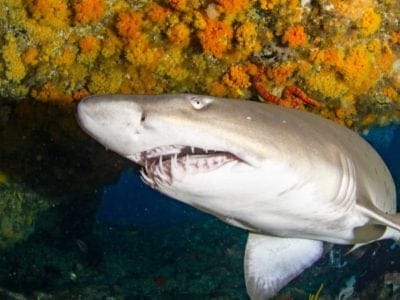
Sand Tiger Shark
The sand tiger is the shark most commonly seen in aquariums.
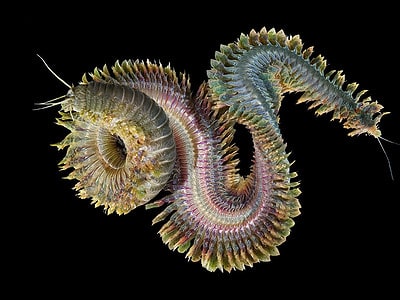
Sandworm
Legs also function as gills
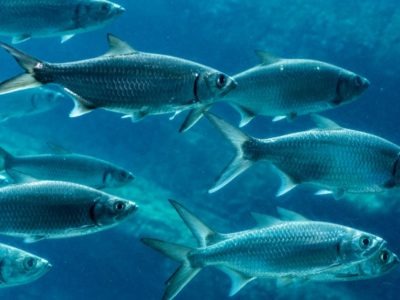
Sardines
Schools of sardines can be miles long and are often visible from an airplane
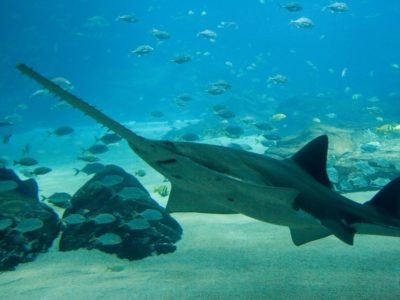
Sawfish
Sawfish teeth keep growing as the fish gets older
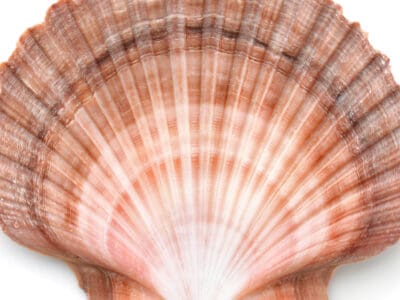
Scallops
Scallops begin their lives by attaching to sea grass on the ocean floor.
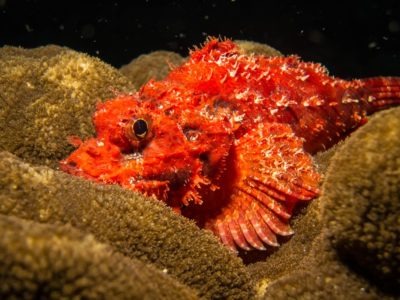
Scorpion Fish
There are more than 200 recognised species!
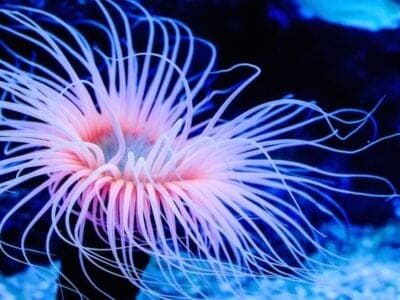
Sea Anemone
Creatures have characteristics of both animal and plant
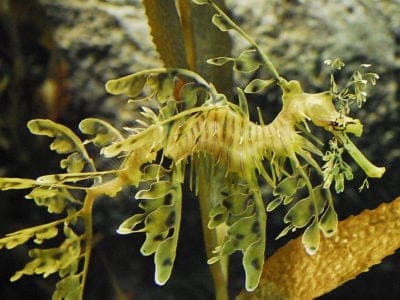
Sea Dragon
Inhabits tropical coastal waters of Australia!
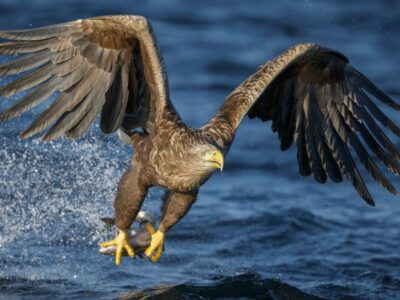
Sea Eagle
The sea eagle tends to mate for life with a single partner
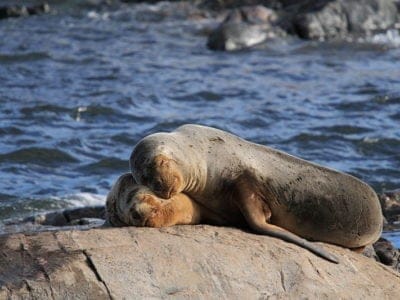
Sea Lion
It's flippers allow it to walk on the land
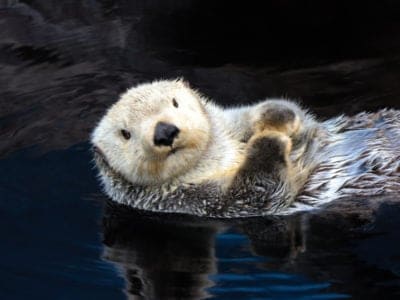
Sea Otter
Eats over 40 different marine species!
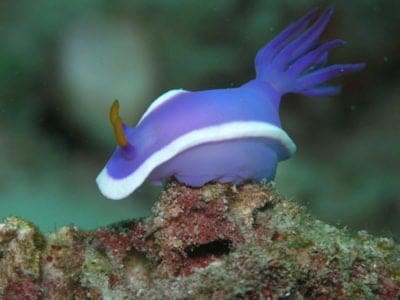
Sea Slug
All sea slugs have both male and female sex organs
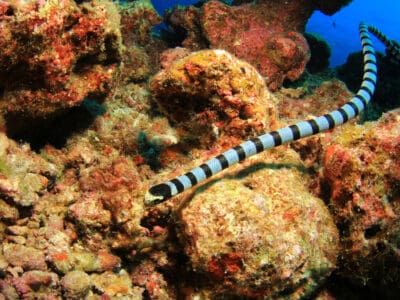
Sea Snake
The sea snake is incredibly venomous, even more than a cobra!”
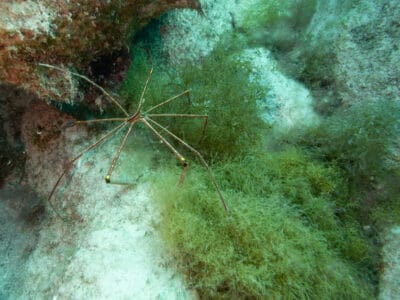
Sea Spider
These animals breathe through their legs
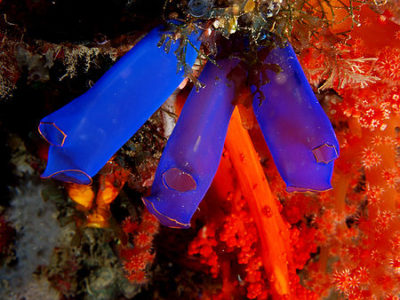
Sea Squirt
There are more than 3,000 known species!
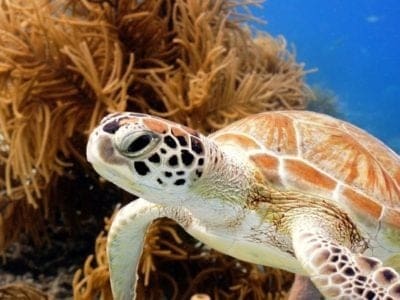
Sea Turtle
Always return to the same beach to lay eggs!
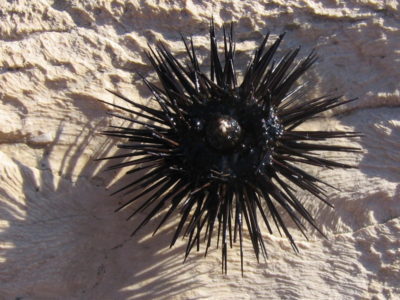
Sea Urchin
Can live for up to 200 years!
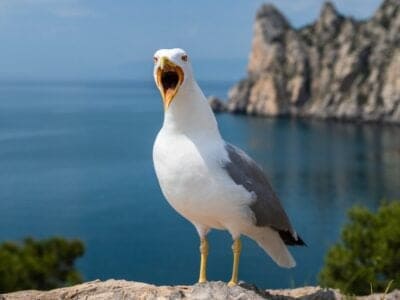
Seagull
Some gulls are capable of using tools
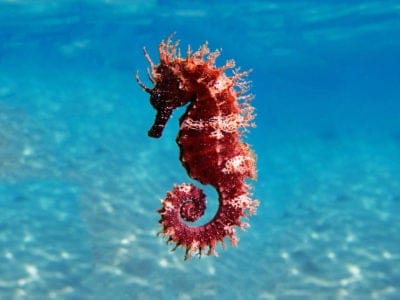
Seahorse
Males give birth to up to 1,000 offspring!
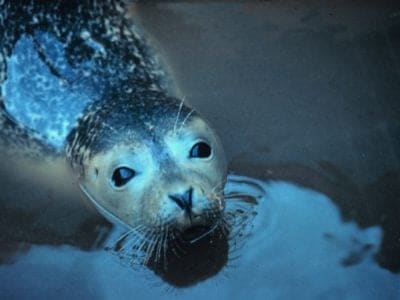
Seal
There are 30 different species worldwide!
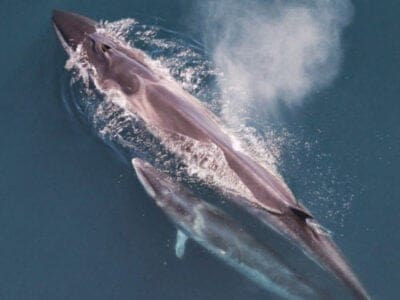
Sei Whale
This whale is one of the fastest of the cetaceans
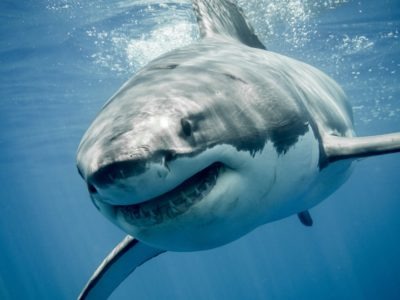
Shark
No shark species has any bones in their bodies
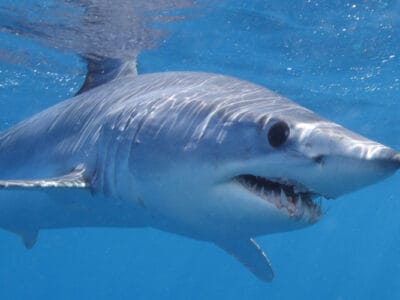
Shortfin Mako Shark
Shortfin Mako sharks can jump 20 feet above the water!”
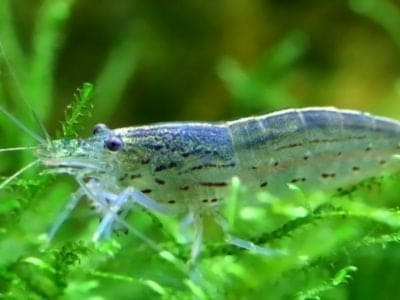
Shrimp
There are 2,000 different species worldwide!
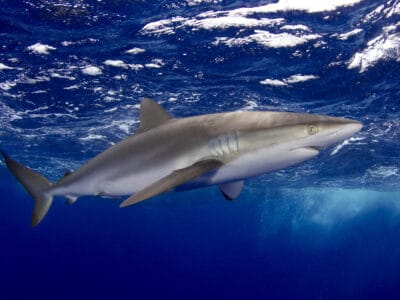
Silky Shark
Has an extremely acute sense of hearing
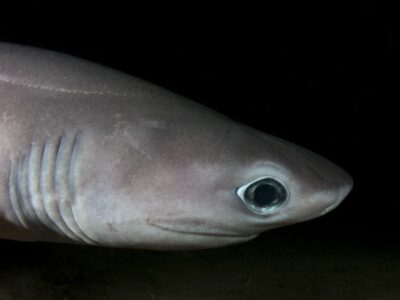
Sixgill shark
The sixgill shark has six pairs of gills instead of the normal five
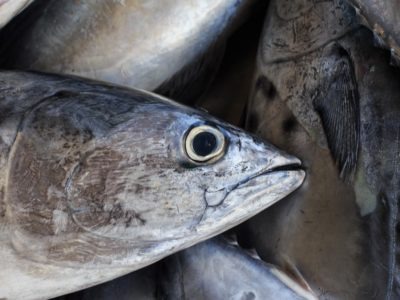
Skipjack Tuna
The skipjack is the most commonly caught tuna in the world
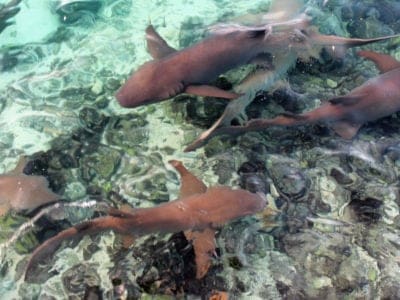
Sleeper Shark
The Greenland shark is one of the longest living vertebrates in the world.
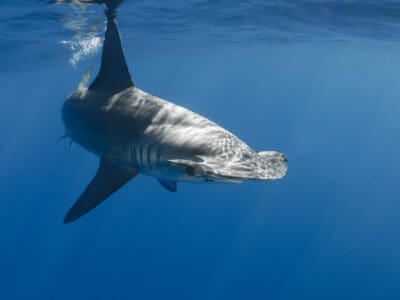
Smooth Hammerhead Shark
Congregate in large groups during annual migrations

Snail
There are nearly 1,000 different species!
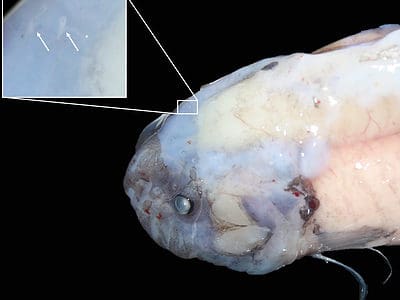
Snailfish
The deepest ocean-dweller is a snailfish who was found over 26,700 feet below sea level.
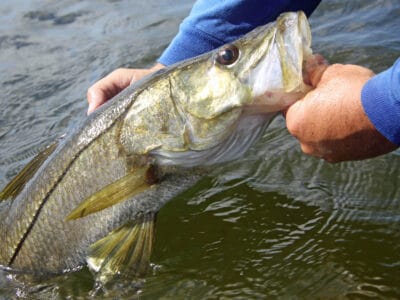
Snook Fish
Males change into females after the spawning season
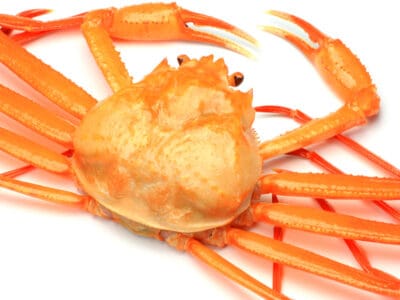
Snow Crab
Snow crabs communicate with each other by waving or drumming their pincers.

Snowy Owl
One of the largest owl species in the world!
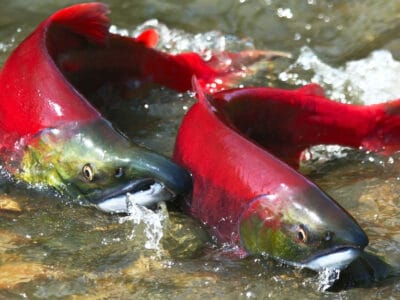
Sockeye Salmon
Called "red salmon" because their skin turns bright red to dirty red during spawning season
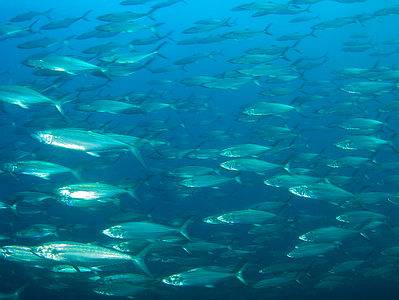
Spanish Mackerel
Spanish mackerel typically live to the age of 12, but there have been cases of these fish living as long as 25 years!
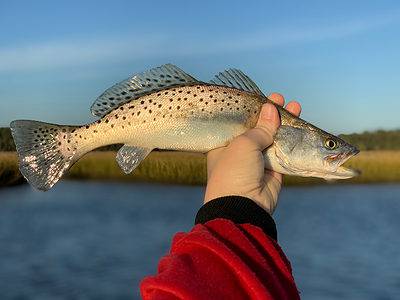
Speckled Trout
Speckled trout are not actually a species of trout.
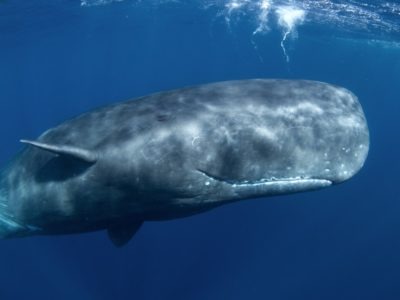
Sperm Whale
Each tooth weighs 1kg!
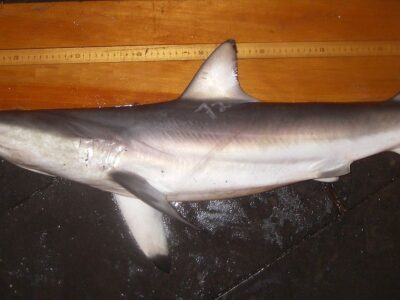
Spinner Shark
Can have up to 20 babies
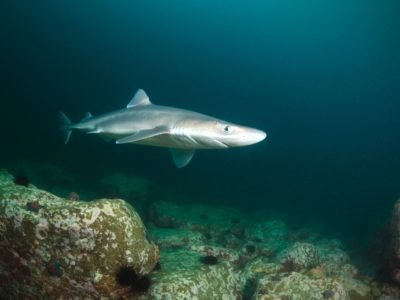
Spiny Dogfish
Found in ocean waters worldwide!
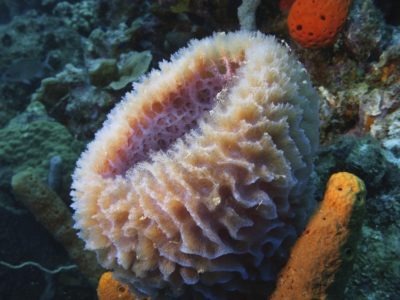
Sponge
There are more than 9,000 known species!
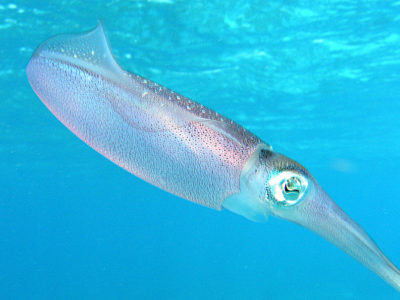
Squid
Some species are known to have 10 arms!
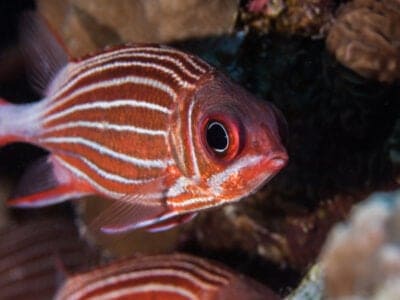
Squirrelfish
Uses vibrations to communicate with other fish
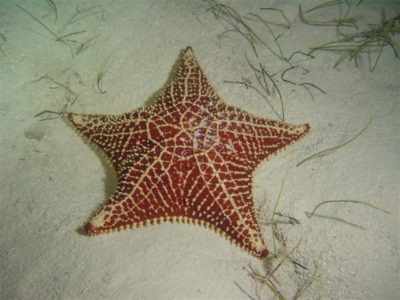
Starfish
Has 2 stomachs to aid digestion!
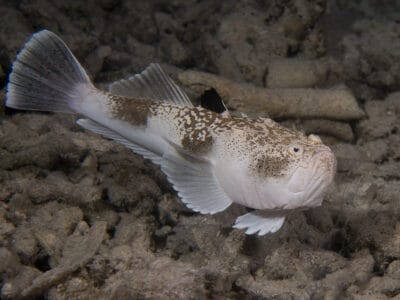
Stargazer Fish
Uses an electric shock to stun its prey!
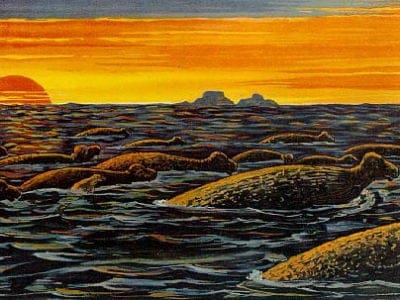
Steller’s Sea Cow
Hunted to extinction in 17 years!
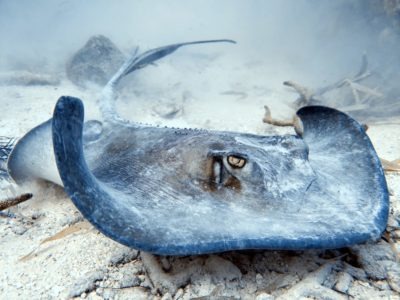
Stingray
It's stinger is razor-sharp or serrated!
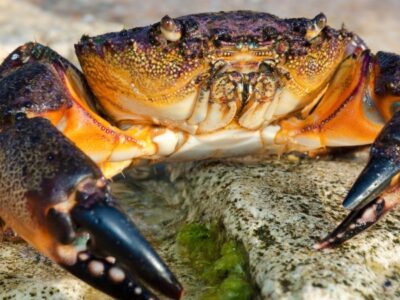
Stone Crab
Females can lay up to a million eggs in one sitting
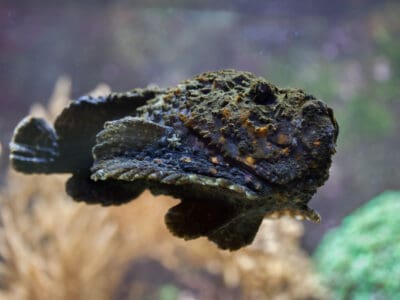
Stonefish
The most venomous fish in the world
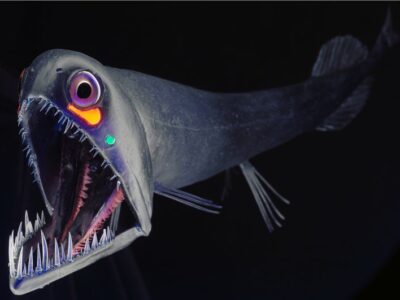
Stoplight Loosejaw
Emit red light to hunt via bioluminescent photophores
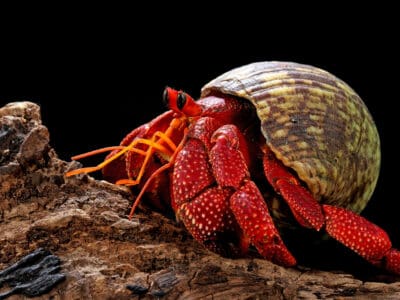
Strawberry Hermit Crab
When strawberry hermit crabs find shells that are larger than their own, they gather in a line from biggest to smallest. Once the biggest one sheds its shell, the next one in line will claim it, which is repeated down the line.
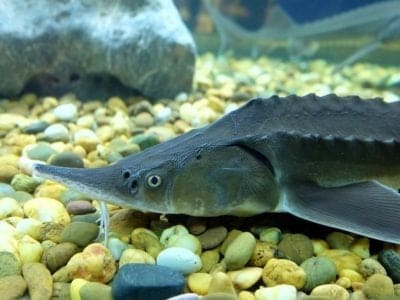
Sturgeon
Large species can swallow whole salmon
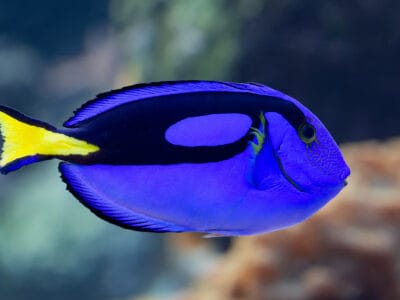
Surgeonfish
Paracanthurus hepatus, the palette surgeonfish or bluetang, is the only member of its genus
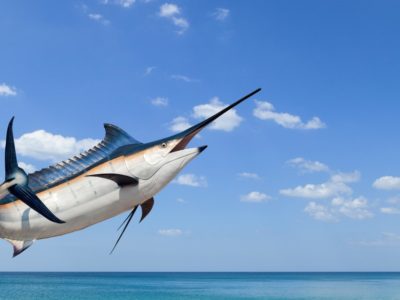
Swordfish
Lose their scales and teeth as adults
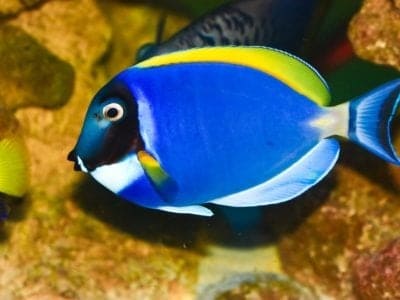
Tang
Found around shallow coral reefs!
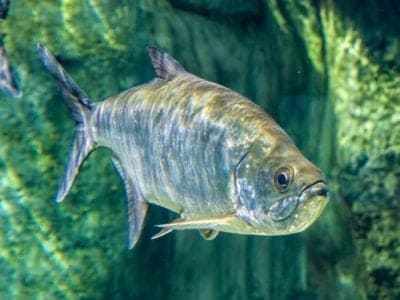
Tarpon
Its genus dates back to the Cretaceous period – 113 million years ago
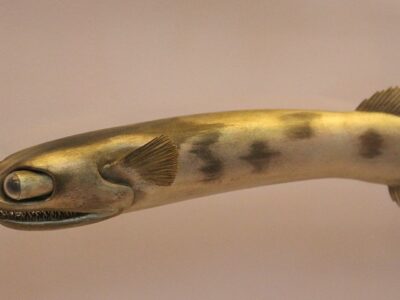
Telescope Fish
Swallows food, much of it larger than them, whole
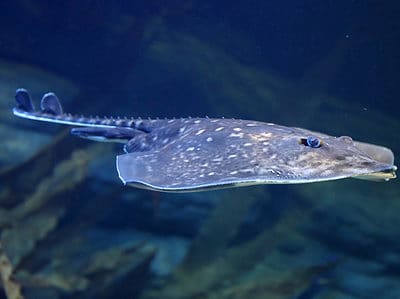
Thornback Ray
The skate with the biggest spines!
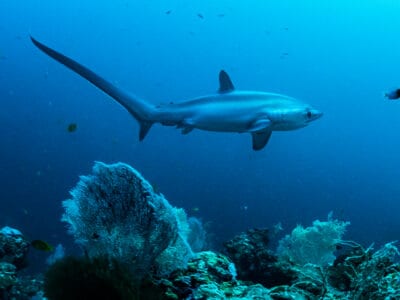
Thresher Shark
Thresher Sharks have a distinctive, thresher-like tail.
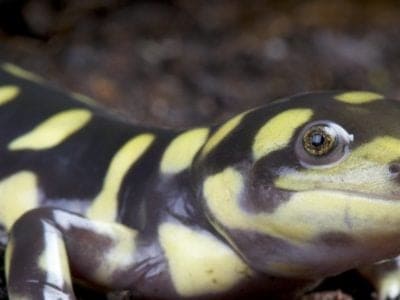
Tiger Salamander
Found across the North American wetlands!
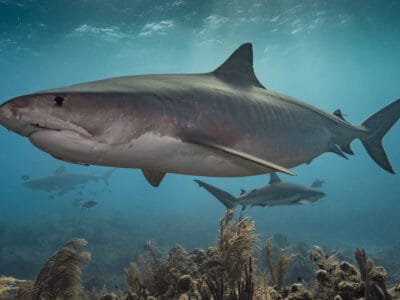
Tiger Shark
The fourth biggest species of shark in the world!
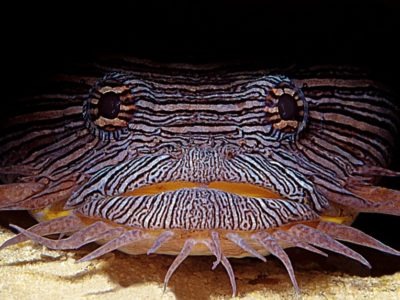
Toadfish
Can be heard out of water
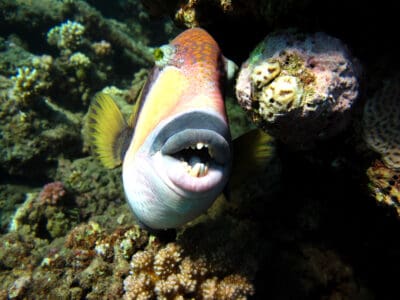
Triggerfish
There are 40 species of Triggerfish, all with different coloring and patterns.

Tropicbird
Nests on tropical islands and cliffs!
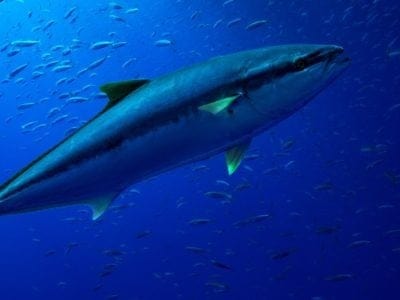
Tuna
The tuna has a sleek body that enables it to swim quickly through the water

Turtles
Some species of aquatic turtles can get up to 70 percent of their oxygen through their butt.
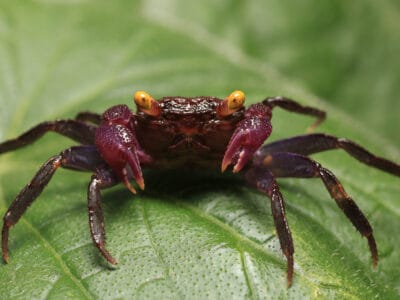
Vampire Crab
Vampire crabs do not depend on saltwater for their development; instead, they live near freshwater rivers and in forests amongst rocks and dense vegetation.
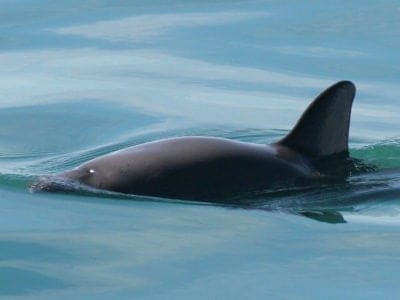
Vaquita
Smallest cetacean in the ocean
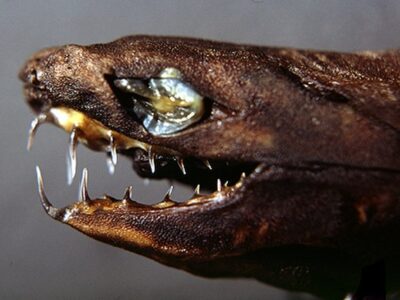
Viper Shark (dogfish)
Most data on these fish is based on observations near Japan.
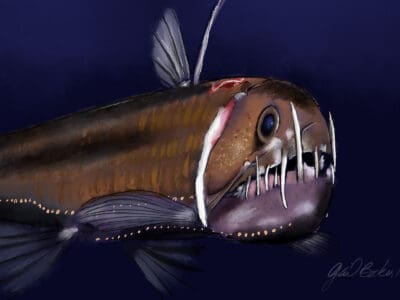
Viperfish
Viperfish have a bioluminescent spine on their dorsal fin.
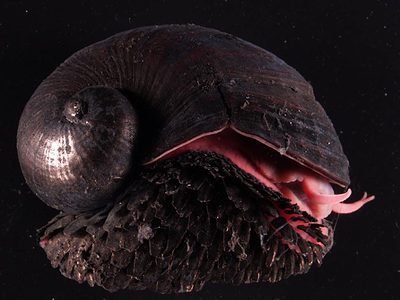
Volcano Snail
The volcano snail lives comfortably in temperatures of up to 750 degrees Fahrenheit.
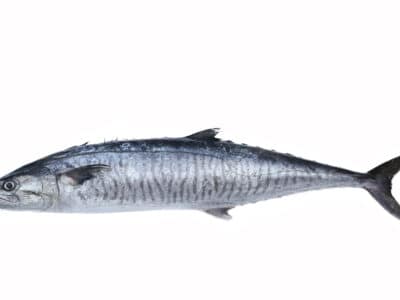
Wahoo Fish
Wahoo can change colors when they're excited and while they hunt
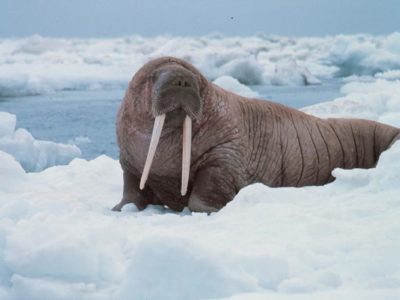
Walrus
Inhabits the freezing waters of the Arctic Circle!
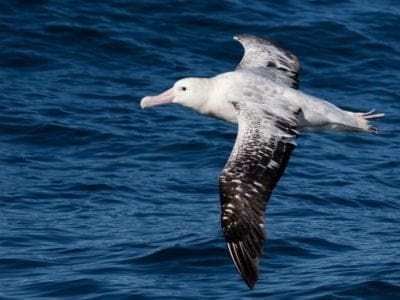
Wandering Albatross
Featured in “The Rime of the Ancient Mariner”

Whale Shark
The largest species of fish in the world!
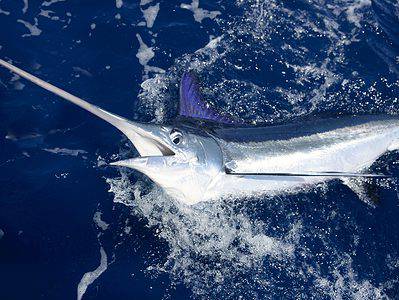
White Marlin
speedy open ocean billfish
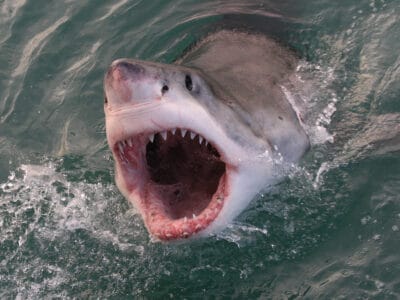
White Shark
White Sharks live in all of the world's oceans.
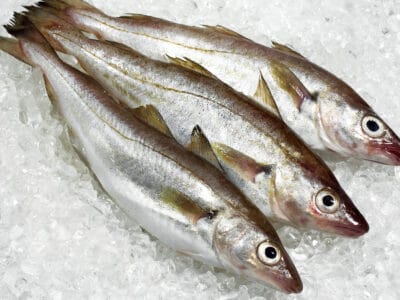
Whiting
"Whiting" can refer to certain other species of ray-finned fish
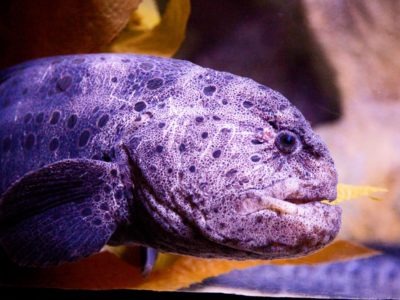
Wolf Eel
Wolf Eels may become tame and interact with human in areas where people frequently dive.
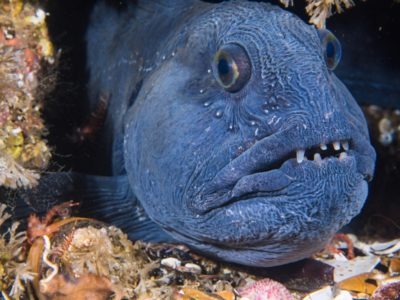
Wolffish
The wolffish has impressive canines with a powerful bite force!

Woolly Mammoth
Tusks grew to 16ft long!
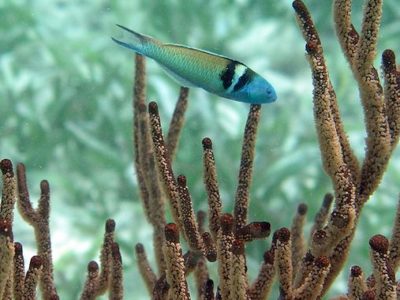
Wrasse
There are more than 500 different species!

Wrought Iron Butterflyfish
Is endemic to Japan.
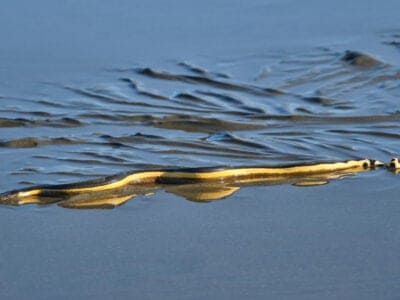
Yellow-Bellied Sea Snake
Sea snakes spend approximately 90% of their lives under water.

Yellow-Eyed Penguin
The rarest species of penguin!
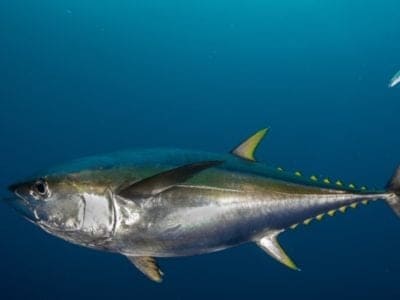
Yellowfin Tuna
The yellowfin forms schools with other tuna species
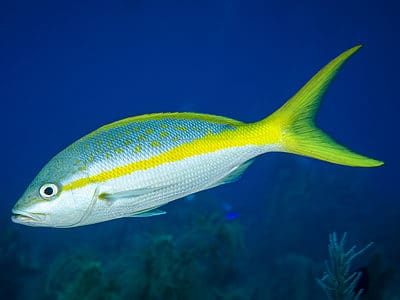
Yellowtail Snapper
Fast moving ocean fish with a long yellow stripe.
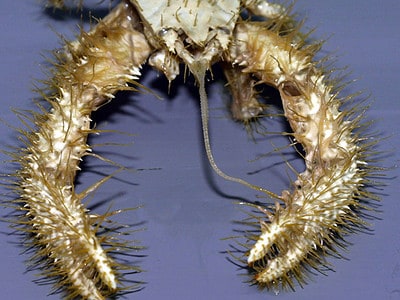
Yeti Crab
The yeti crab has hairy arms, which collect bacteria to feed on
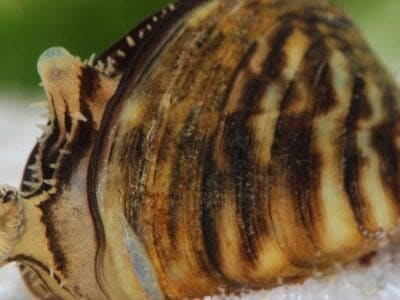
Zebra Mussels
A female zebra mussel can deposit 30,000 to 1,000,000 eggs each year!
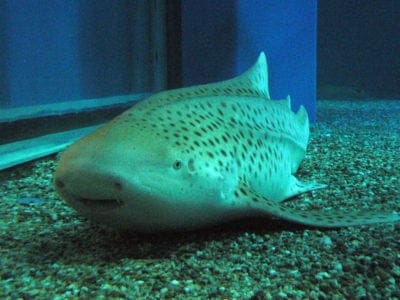
Zebra Shark
Can get to be 30 years old in the wild!
Sea Animals List
- Adélie Penguin
- African Penguin
- Alaskan Pollock
- Albacore Tuna
- Albatross
- Albertonectes
- Aldabra Giant Tortoise
- American Alligator
- Amberjack
- American Eel
- Anchovies
- Angelfish
- Anglerfish
- Antarctic Scale Worm
- Arctic Char
- Atlantic Cod
- Atlantic Salmon
- Australian Flathead Perch
- Baleen Whale
- Banana Eel
- Barnacle
- Barracuda
- Barramundi Fish
- Barreleye Fish (Barrel Eye)
- Basilosaurus
- Basking Shark
- Bass
- Batfish
- Bearded Fireworm
- Beaver
- Beluga Sturgeon
- Bigfin Reef Squid
- Bird
- Black Marlin
- Blackfin Tuna
- Blacknose Shark
- Blacktip Reef Shark
- Blacktip Shark
- Bladefin Basslet
- Blanket Octopus
- Blobfish
- Blue Dragon Sea Slug
- Blue-Ringed Octopus
- Blue Shark
- Blue Tang
- Blue Whale
- Bluefin Tuna
- Bluefish
- Bonefish
- Bonito Fish
- Bonnethead Shark
- Booby
- Borneo Elephant
- Bottlenose Dolphin
- Box Jellyfish
- Boxfish
- Bronze Whaler Shark
- Bull Shark
- Bullfrog
- Butterfly
- Butterfly Fish
- Caribbean Reef Shark
- Catfish
- Chain Pickerel
- Chimaera
- Chinook Salmon
- Chinstrap Penguin
- Chiton
- Christmas Island Red Crab
- Chromodoris Willani
- Clearnose Skate
- Clownfish
- Cobia Fish
- Cockle
- Coconut Crab
- Codfish
- Colossal Squid
- Comb Jellyfish
- Cone Snail
- Conger Eel
- Cookiecutter Shark
- Coral
- Crab
- Crappie Fish
- Crested Penguin
- Crocodile Shark
- Cubera Snapper
- Cuttlefish
- Damselfish
- Decorator Crab
- Disco Clam
- Dolphin
- Dragon Eel
- Dragonfly
- Drum Fish
- Duck
- Dugong
- Dusky Dolphin
- Eagle Ray
- Eel
- Eelpout
- Elephant Seal
- Emperor Angelfish
- Emperor Penguin
- Escolar
- False Killer Whale
- Fangtooth
- Feather Star
- Fin Whale
- Fish
- Flounder
- Flounder Fish
- Fluke Fish (summer flounder)
- Fly
- Flying Fish
- Football Fish
- Freshwater Eel
- Frigatebird
- Frogfish
- Fur Seal
- Galapagos Penguin
- Galapagos Tortoise
- Garden Eel
- Gentoo Penguin
- Ghost Crab
- Giant Clam
- Giant Isopod
- Giant Siphonophore
- Giant Trevally
- Goby Fish
- Goose
- Goshawk
- Great Hammerhead Shark
- Great White Shark
- Greenland Shark
- Grey Reef Shark
- Grey Seal
- Grouper
- Grunion
- Gulper Eel
- Haddock
- Hagfish
- Hairy Frogfish
- Halibut
- Hammerhead Shark
- Harbor Porpoise
- Harbor Seal
- Hardhead Catfish
- Harp Seal
- Hermit Crab
- Herring
- Hook-Nosed Sea Snake
- Horn Shark
- Horse Mackerel
- Horseshoe Crab
- Humboldt Penguin
- Humboldt Squid
- Humpback Whale
- Ichthyosaurus
- Immortal Jellyfish
- Indian Palm Squirrel
- Insects
- Jack Crevalle
- Jellyfish
- John Dory
- Keta Salmon
- Killer Whale
- King Crab
- King Mackerel
- King Penguin
- King Salmon
- Kingfisher
- Kingklip
- Krill
- Lamprey
- Lancetfish
- Lemon Shark
- Leopard Seal
- Leopard Shark
- Limpet
- Lionfish
- Lion’s Mane Jellyfish
- Little Penguin
- Livyatan
- Lobster
- Longfin Mako Shark
- Lumpfish
- Macaroni Penguin
- Magellanic Penguin
- Mahi Mahi (Dolphin Fish)
- Man of War Jellyfish
- Manatee
- Mangrove Snapper
- Manta Ray
- Megamouth Shark
- Milkfish
- Minke Whale
- Mojarra
- Mola mola (Ocean Sunfish)
- Moon Jellyfish
- Moray Eel
- Mosasaurus
- Mudskipper
- Mullet Fish
- Nautilus
- Nematode
- Neptune Grouper
- Northern Fur Seal
- Nudibranch
- Nurse Shark
- Oarfish
- Ocean Perch
- Ocean Pout
- Ocean Whitefish
- Oceanic Whitetip Shark
- Octopus
- Oilfish
- Olive Sea Snake
- Opah
- Orange Roughy
- Ostracod
- Oyster
- Oyster Toadfish
- Pacific Sleeper Shark
- Parrotfish
- Penguin
- Peppermint Angelfish
- Pink Salmon
- Pipefish
- Platybelodon
- Plesiosaur
- Polar Bear
- Pollock Fish
- Pompano Fish
- Porbeagle Shark
- Porcupinefish
- Prawn
- Pufferfish
- Puffin
- Pygmy Shark
- Pyrosome
- Quahog Clam
- Red Drum Fish
- Reef Shark
- Reindeer
- Rock Crab
- Rockfish
- Rockhopper Penguin
- Royal Penguin
- Sailfish
- Salmon
- Salmon Shark
- Sand Dollar
- Sand Tiger Shark
- Sandworm
- Sardines
- Sawfish
- Scallops
- Scorpion Fish
- Sea Anemone
- Sea Dragon
- Sea Eagle
- Sea Lion
- Sea Otter
- Sea Slug
- Sea Snake
- Sea Spider
- Sea Squirt
- Sea Turtle
- Sea Urchin
- Seagull
- Seahorse
- Seal
- Sei Whale
- Shark
- Shortfin Mako Shark
- Shrimp
- Silky Shark
- Sixgill shark
- Skipjack Tuna
- Sleeper Shark
- Smooth Hammerhead Shark
- Snail
- Snailfish
- Snook Fish
- Snow Crab
- Snowy Owl
- Sockeye Salmon
- Spanish Mackerel
- Speckled Trout
- Sperm Whale
- Spinner Shark
- Spiny Dogfish
- Sponge
- Squid
- Squirrelfish
- Starfish
- Stargazer Fish
- Steller’s Sea Cow
- Stingray
- Stone Crab
- Stonefish
- Stoplight Loosejaw
- Strawberry Hermit Crab
- Sturgeon
- Surgeonfish
- Swordfish
- Tang
- Tarpon
- Telescope Fish
- Thornback Ray
- Thresher Shark
- Tiger Salamander
- Tiger Shark
- Toadfish
- Triggerfish
- Tropicbird
- Tuna
- Turtles
- Vampire Crab
- Vaquita
- Viper Shark (dogfish)
- Viperfish
- Volcano Snail
- Wahoo Fish
- Walrus
- Wandering Albatross
- Whale Shark
- White Marlin
- White Shark
- Whiting
- Wolf Eel
- Wolffish
- Woolly Mammoth
- Wrasse
- Wrought Iron Butterflyfish
- Yellow-Bellied Sea Snake
- Yellow-Eyed Penguin
- Yellowfin Tuna
- Yellowtail Snapper
- Yeti Crab
- Zebra Mussels
- Zebra Shark
Ocean FAQs (Frequently Asked Questions)
What are the most common animals in the oceans?
Some of the most common marine creatures include whale sharks, sharks, catfishes, jellyfishes, sea snakes, sea horses, fish, and sea turtles. However, the world is filled with unexplored territories, so it is possible that many more animals exist that could outnumber the species that researchers have already discovered.
Of the animals that researchers know about, approximately 15 animals have gone extinct.
Where was the largest wave ever surfed?
The largest wave ever surfed measured 86ft in height and was ridden by a man named Sebastian Steudtner from Germany. The record was set in October 2020 in Praia do Norte in Nazaré, Portugal.
What lives at the bottom of the ocean?
Creatures that live at the bottom of the ocean include tripod fish, rattail fish, sea cucumbers, octopuses, snailfish, zombie worms, dragonfish, goblin shark, pelican eels and more!




